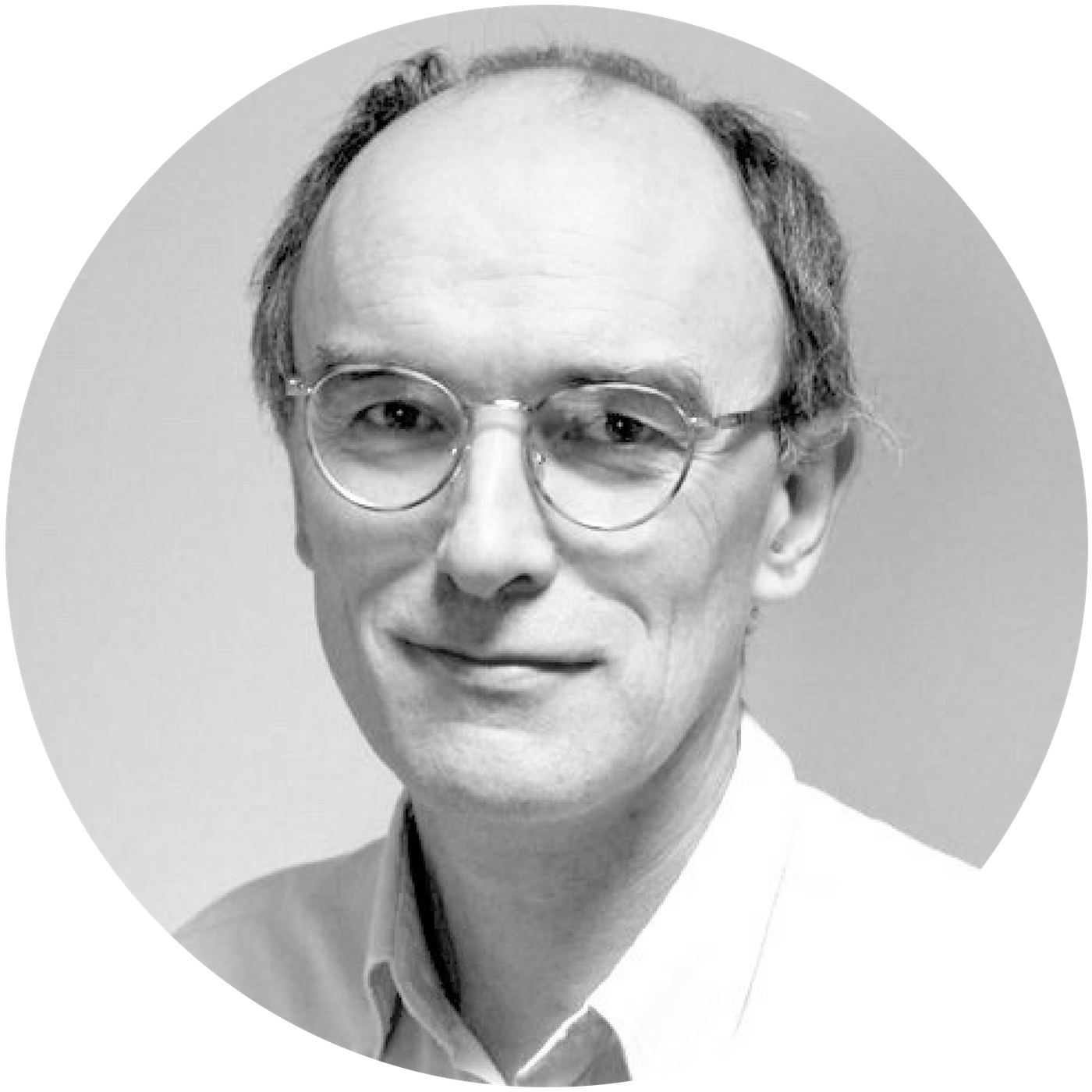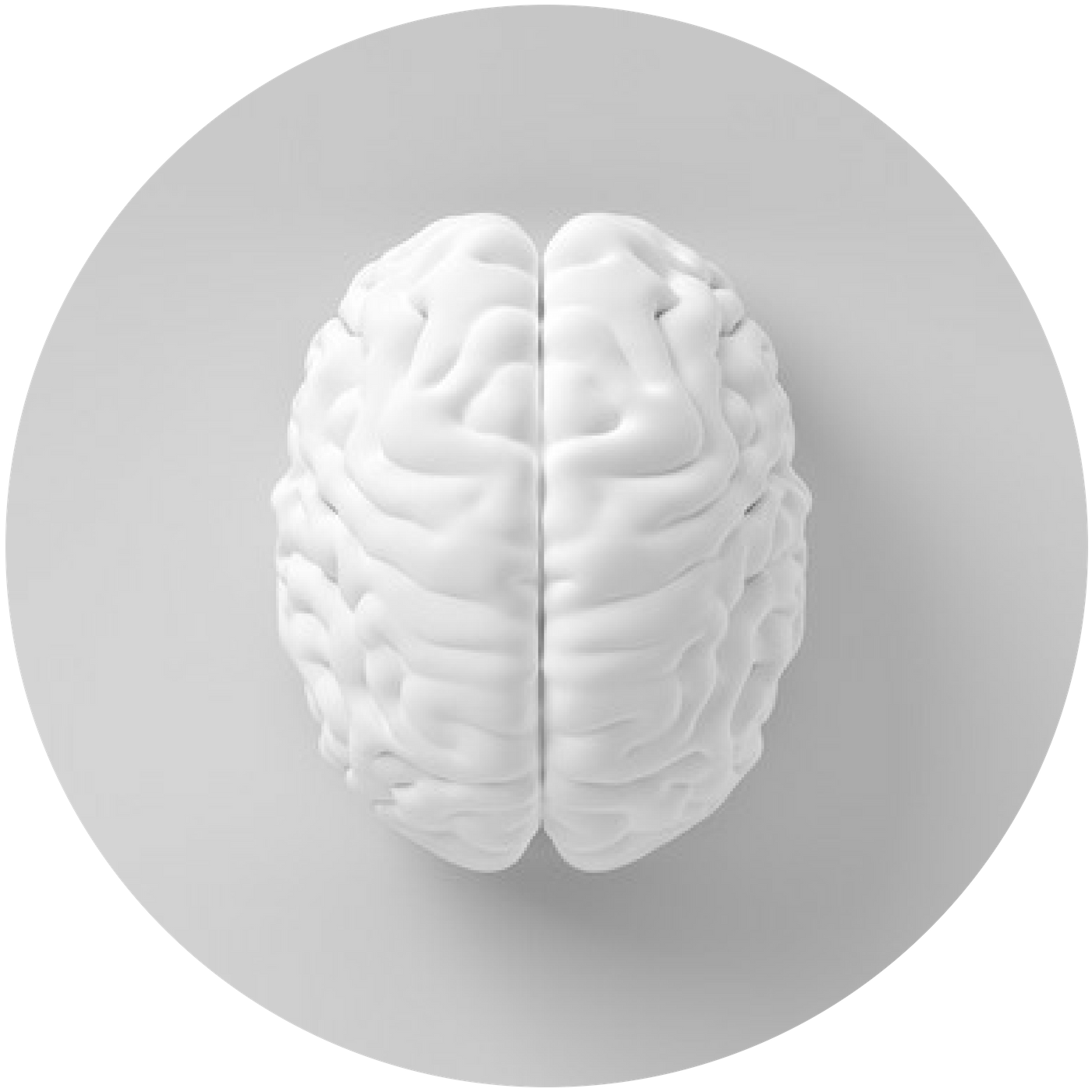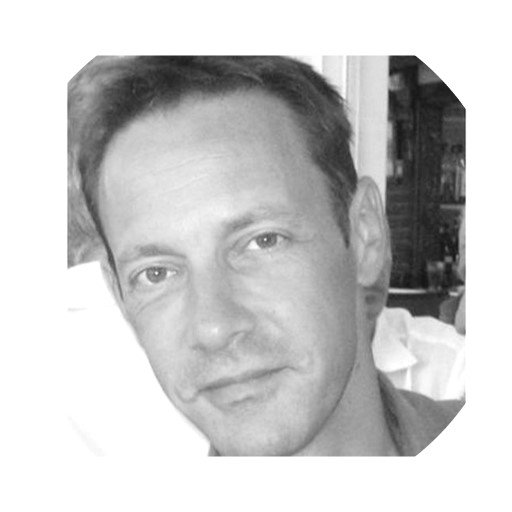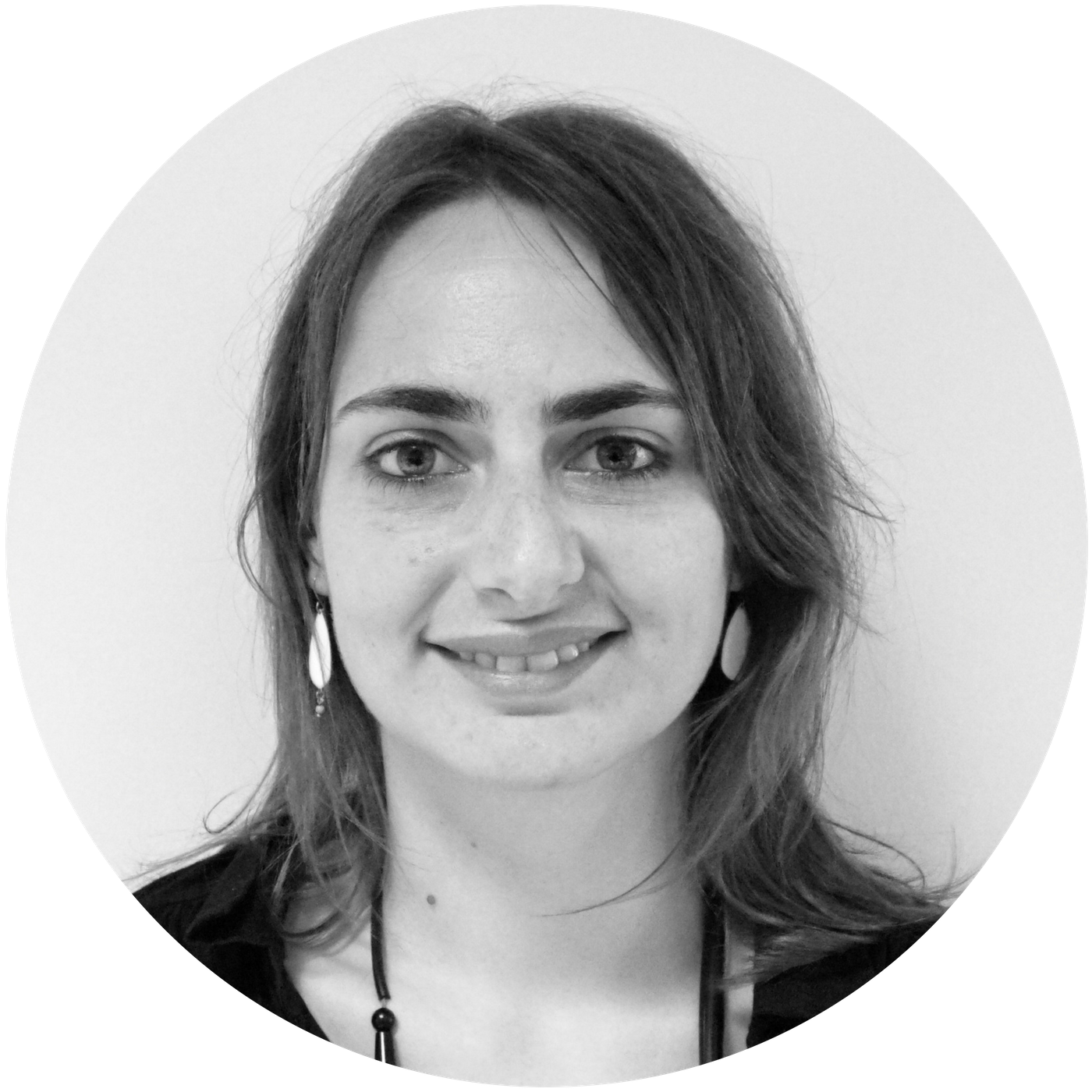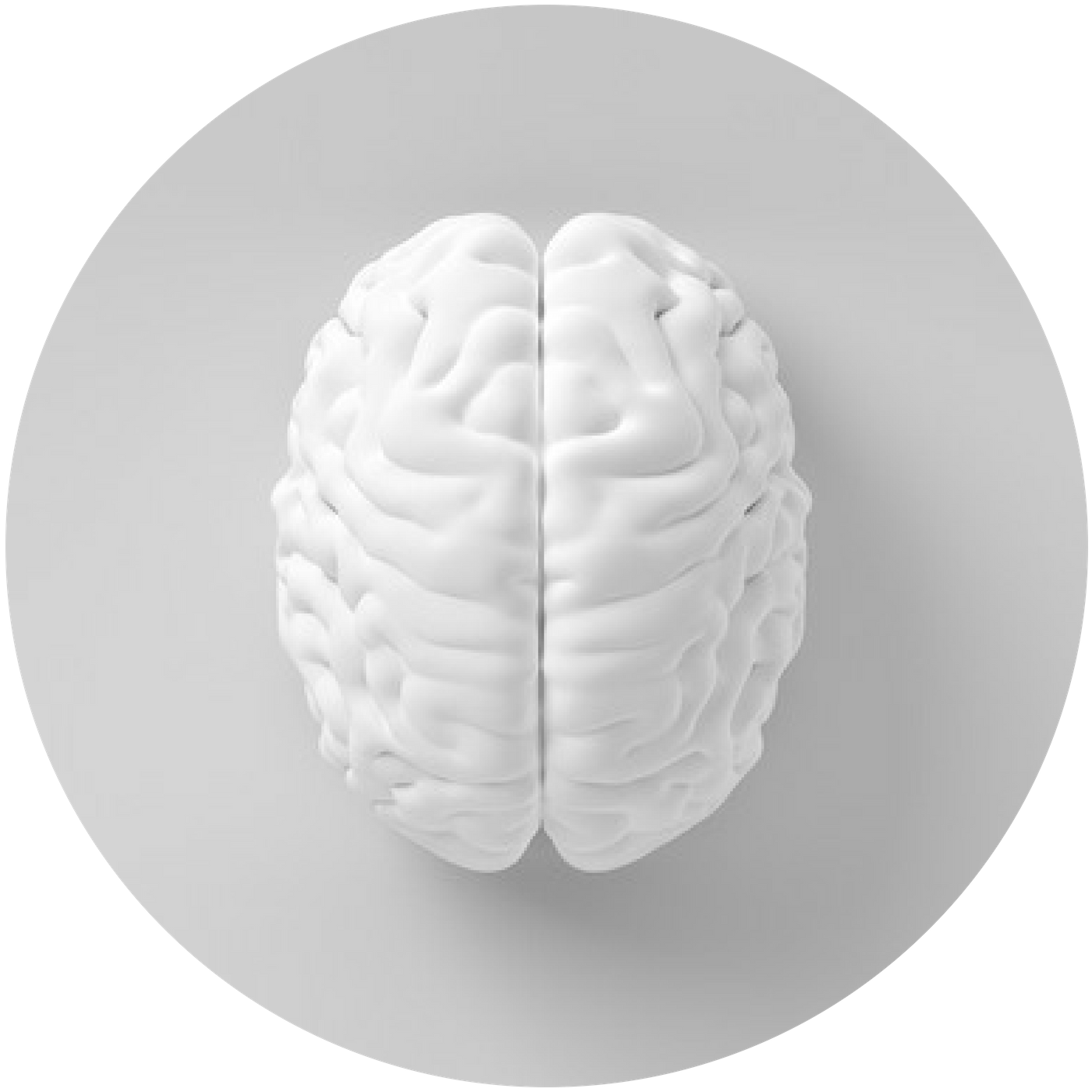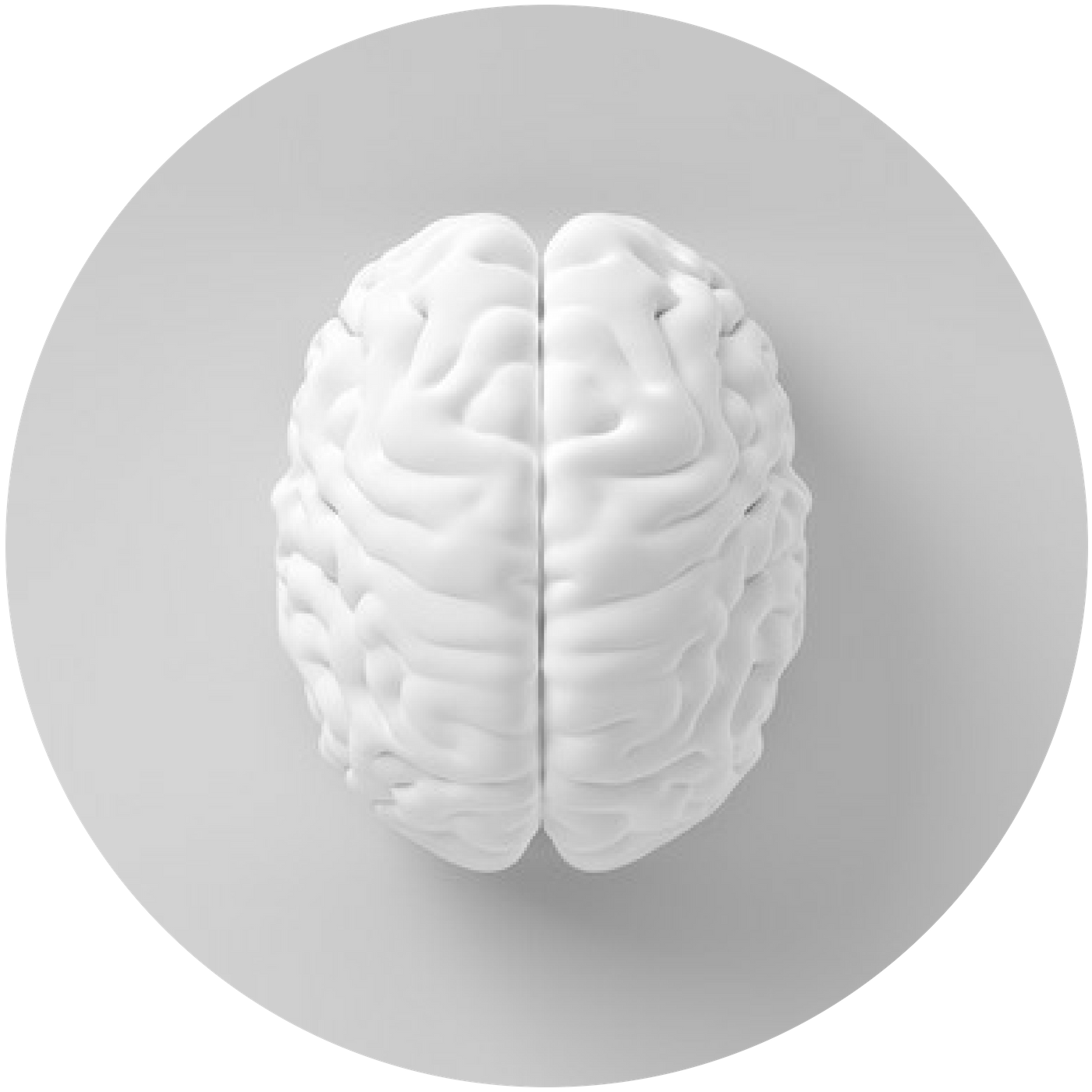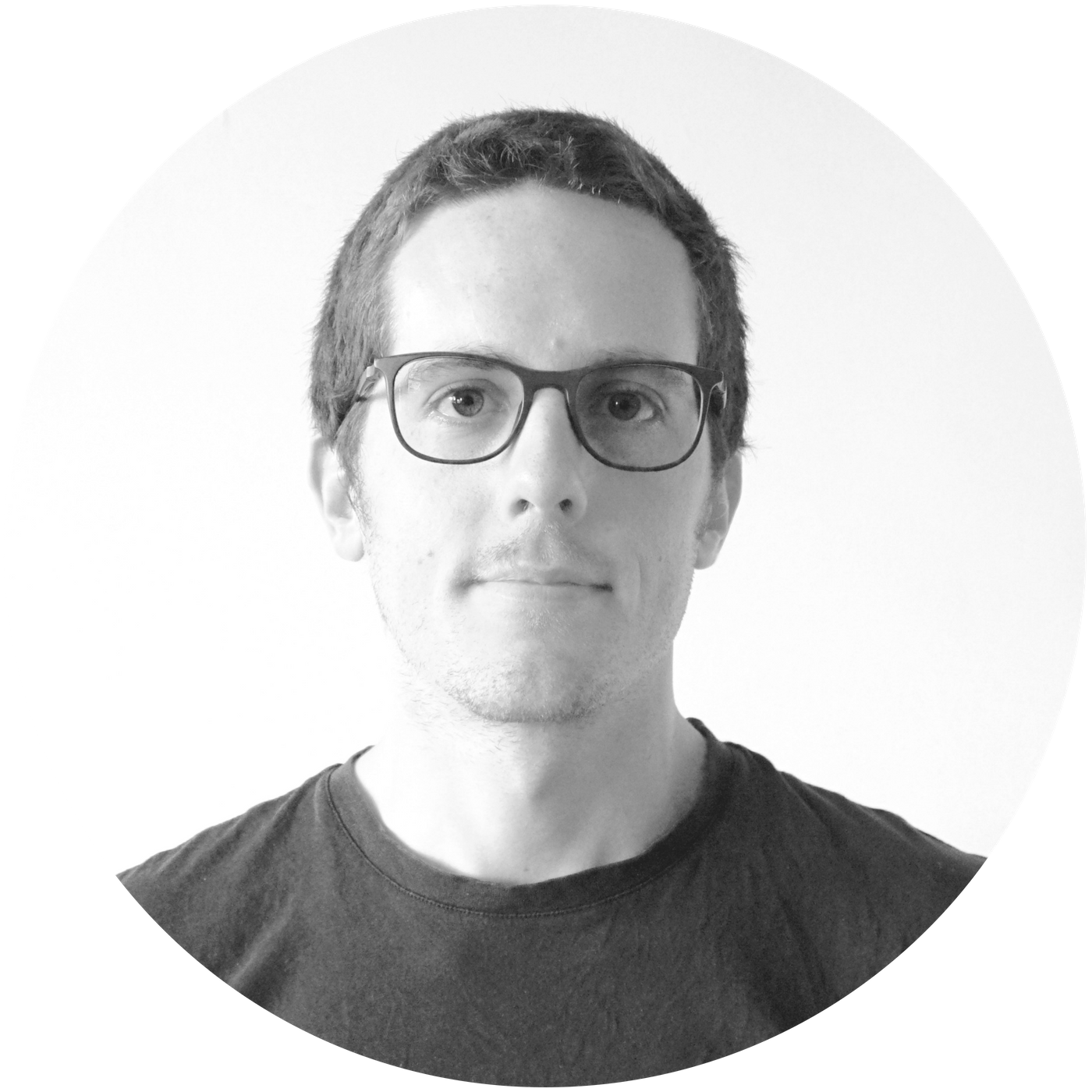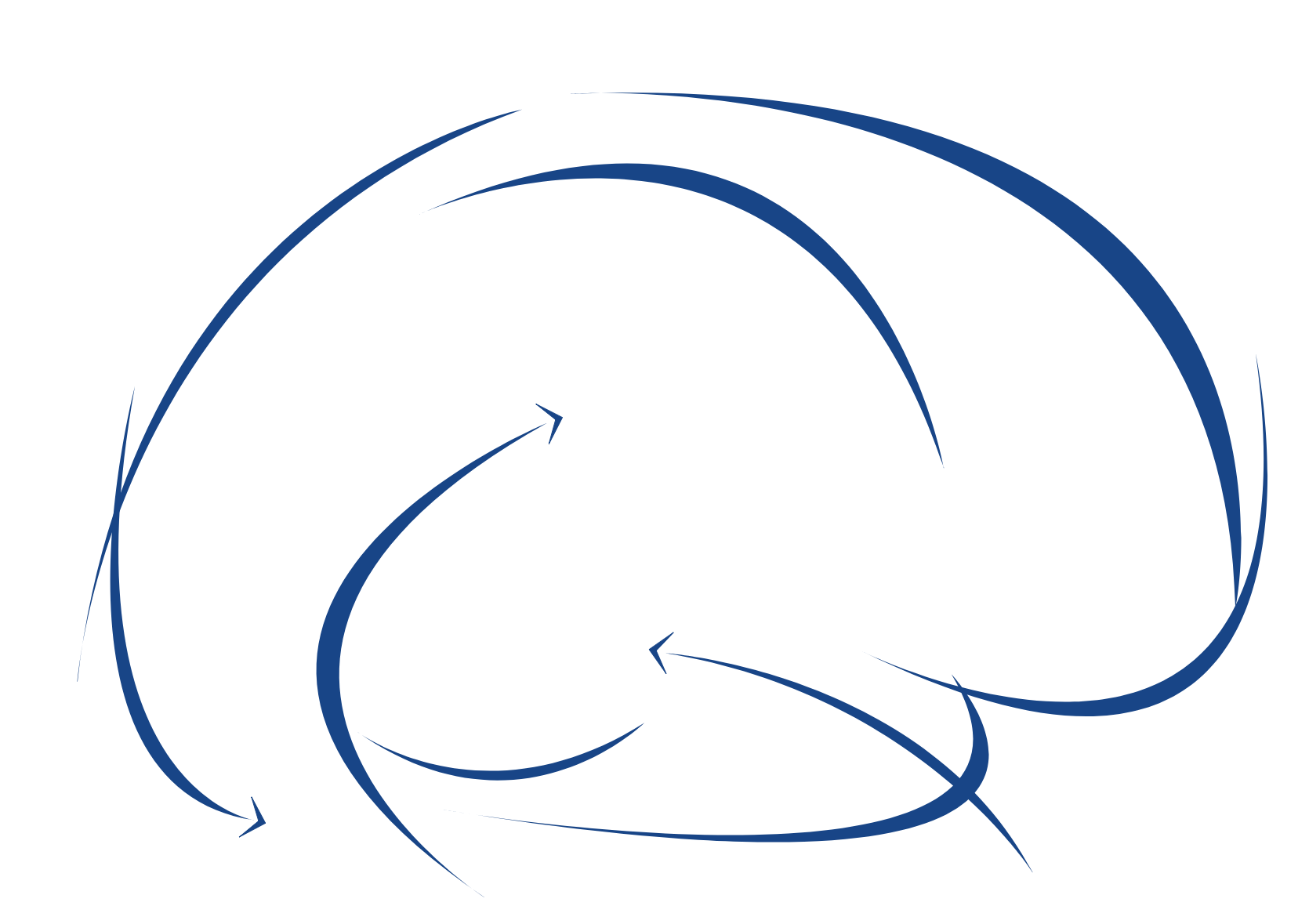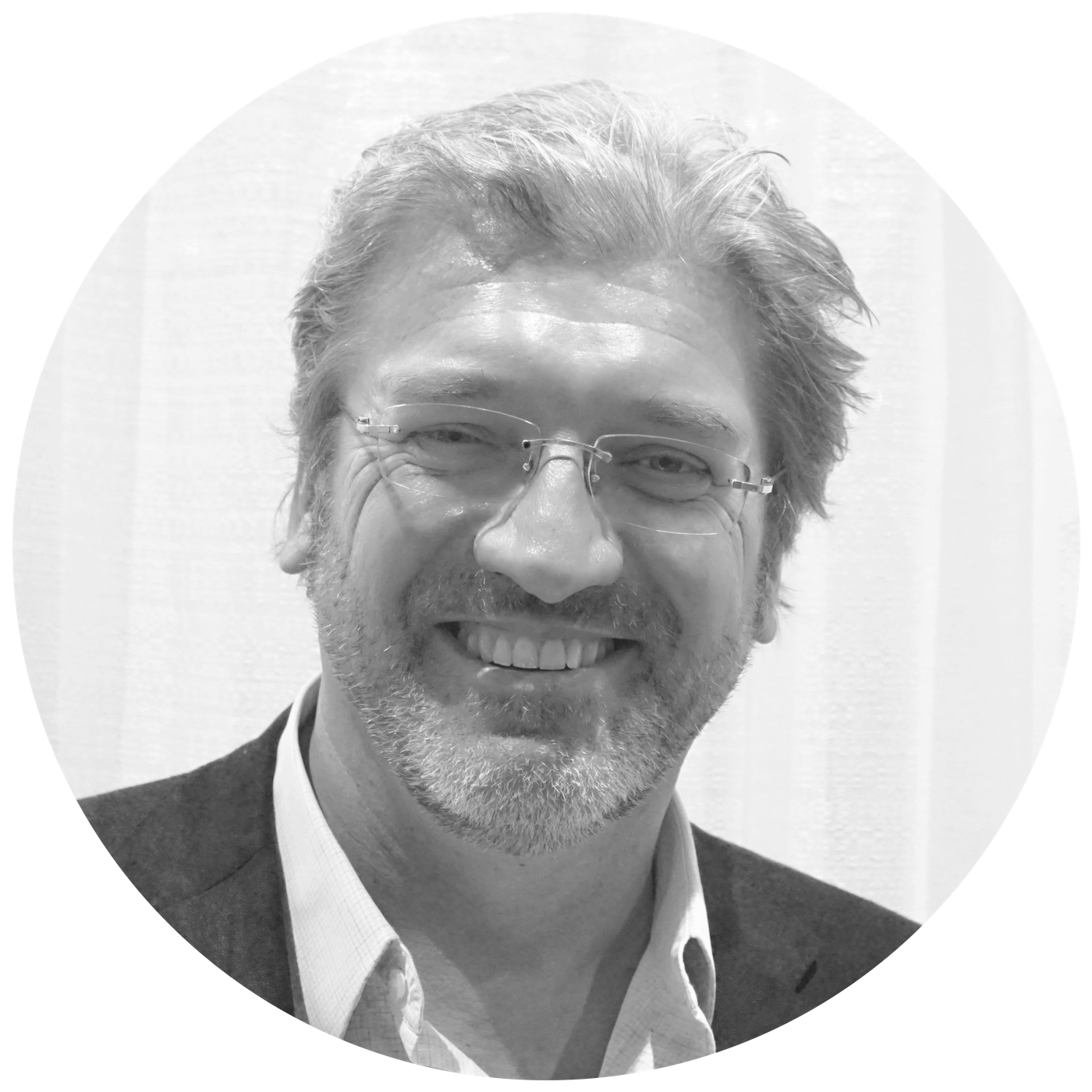
Viktor JIRSA | Director of INS
TNG - Team Lead
Director of INS
Email: viktor.jirsa@univ-amu.fr
Phone: +33 4 91 32 42 51
Since the late 90s he has made contributions to the understanding of how network structure constrains the emergence of functional dynamics using methods from nonlinear dynamic system theory and computational neuroscience. Dr. Jirsa has been awarded several international and national awards for his research including the Early Career Distinguished Scholar Award in 2004 and the Francois Erbsmann Prize in 2001. He serves on various Editorial Boards and has published more than 80 scientific articles and book chapters, as well as co-edited several books including the Handbook of Brain Connectivity.

Christophe BERNARD | DR Inserm
PhysioNet - Team Lead
Email: christophe.bernard@univ-amu.fr
Phone: +33 4 91 32 42 49
Christophe Bernard's main interest is to understand the mechanisms underlying the construction of an epileptic brain as well as the mechanisms underlying seizure genesis and propagation, focusing on Temporal Lobe Epilepsy (TLE). These research themes are being addressed using a wide array of disciplines, including electron microscopy, morphology, immunohistochemistry, in vitro and in vivo electrophysiology, behavior, mathematics and modeling. When the techniques were not available within the group (e.g. molecular biology), external collaborations have been developed. More recently, we started to design the tools necessary for some of our research programs. For example, we designed a recording device based on organic transistors, which outperforms any other recording device for field potential measurements. We also developed The Virtual Mouse Brain platform. Over the years, using experimental models of TLE, our group has developed a solid international reputation in the field of epilepsy.
Christophe Bernard was awarded the Michael Prize for epilepsy in 2007 and the Felix Innovation Prize in 2013 for the organic transistor. He isinvited to give between 5 and 15 lectures/keynotes every year. He is Editor in Chief of eNeuro, the open access Neuroscience journal of the Society for Neuroscience (SfN) and past reviewing editor for Science and Journal of Neuroscience.
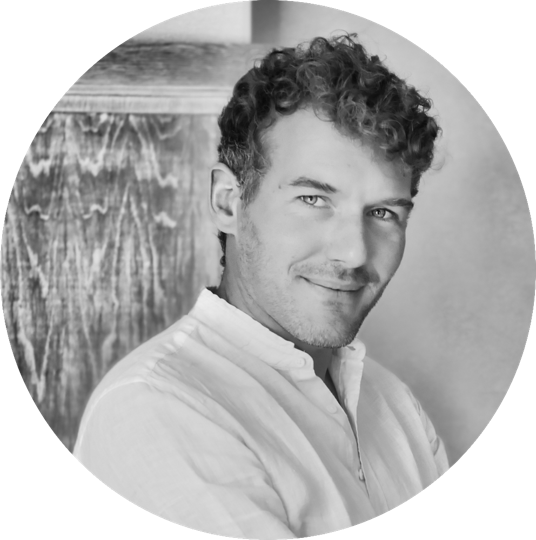
Benjamin MORILLON | DR Inserm (HDR) | D-CAP Team Lead
Email: bnmorillon@gmail.com
I am a cognitive neuroscientist interested in auditory neurophysiology and how information is sequentially encoded in the human brain. After a master’s degree in cognitive neurosciences, I performed a PhD at Ecole Normale Supérieure de Paris where I investigated the role of cortical oscillations as instruments of sensory selection, in the context of speech processing. Subsequently I completed two postdoctoral fellowships, at Columbia and McGill Universities, studying the influence of the motor system in auditory perception and its close interdependency with temporal attention. Currently appointed as an academic researcher at Aix-Marseille University, my domain of expertise encompasses brain imaging, advanced signal processing and psychophysics.

Aurélie BIDET-CAULET | CR Inserm (HDR)
Email : aurelie.bidet-caulet@inserm.fr
I performed my PhD work on the perception of complex auditory streams in the Brain Dynamics and Cognition lab, in Lyon (France) under the supervision of Dr. Olivier Bertrand. Then, I joined the lab of Pr. RT Knight at the University of California, Berkeley (USA) to explore the brain mechanisms of auditory selective attention. In 2010, I got appointed as an academic researcher at the French National Institute of Health and Medical Research (INSERM) to work in the Lyon Neuroscience Research Center (France). In 2021, I joined the DCP team at the INS in Marseille. My research work focuses on the brain mechanisms of auditory attention in Human, using pupillometry, scalp EEG, intracortical EEG and MEG. More specifically, I investigate the balance between bottom-up and top-down attention during typical development and ageing, and in different pathologies such as migraine, stroke, ADHD… I am particularly interested in the role of oscillatory cortical activities in the communication within and between the brain networks supporting attention.
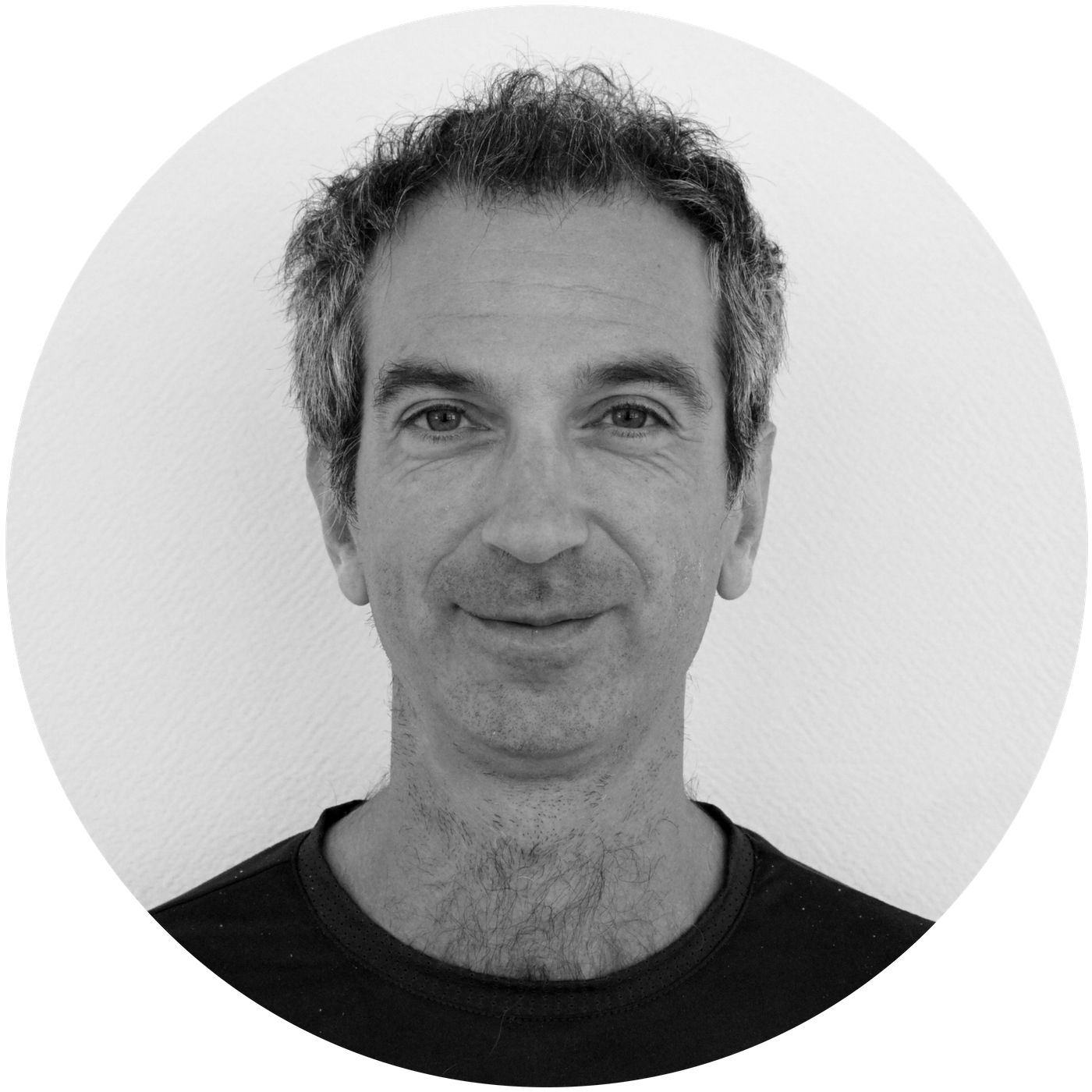
Daniele SCHÖN | DR CNRS (HDR)
DCP - Team Lead
Email: daniele.schon@univ-amu.fr
Phone: +33 4 91 32 41 00
Daniele Schön studied cello at the Conservatory of Padua (Italy) and then perfected his skills first with Teodora Campagnaro, a student of Antonio Janigro and then with Menahem Meir, a student of Alexandre Alexanian and Pablo Casals. He has played in several ensembles, baroque, classical and jazz with a preference for chamber music and string quartet in particular.
Before leaving Italy under the Berlusconian regime, he also studied neuropsychology at the University of Padua. He prepared and obtained a doctorate in neuroscience between Marseille, Trieste and Ljubljana. In 2004, he became a CNRS researcher. He is currently working at the Institute of Systems Neurosciences in Marseille, where he is interested in the links between music, language and the brain with an opening to language pathologies. He believes that the symbiosis between science and technico-industrial innovation has now shifted into a pure and simple subservience relation.

Fabrice BARTOLOMEI | PU-PH (HDR)
Email: fabrice.bartolomei@univ-amu.fr
Fabrice Bartolomei, MD, PhD is a neurologist specialized in epilepsy and Professor at the Aix-Marseille University (France) leading the Epileptology and Clinical Neurophysiology department. He is also member of the Research unit INSERM U1106 (DYNAMAP team). He is particularly involved in the presurgical evaluation of patients with drug resistant epilepsy and is a world leader in the analysis of Stereo-EEG recordings. He has published numerous studies in the field of epilepsy (>300, H index >50), particularly on the concept of “Epileptogenic Networks”. He has for a long time promoted the use of EEG/SEEG analysis and the co-inventor of the “Epileptogenicity Index, a method for assessing epileptogenicity of brain regions. He is currently the director of the “Fédération Hospitalo-Universitaire” FHU “Epinext” that gather 11 INSERM research units and 4 clinical departments into a consortium dedicated to the management and research on drug resistant epilepsies. He is the coordinator of a RHU (Recherche Hospitalo-universitaire, Investissements d’avenir/ANR) “EPINOV” (2018-2023) based on the study of individualized large scale modelling in epilepsy surgery and one of the three principal sinvestigators of the ERC grant “Synergy, Galvani” (2020-2026).
Webpage: https://en.wikipedia.org/wiki/Fabrice_Bartolomei
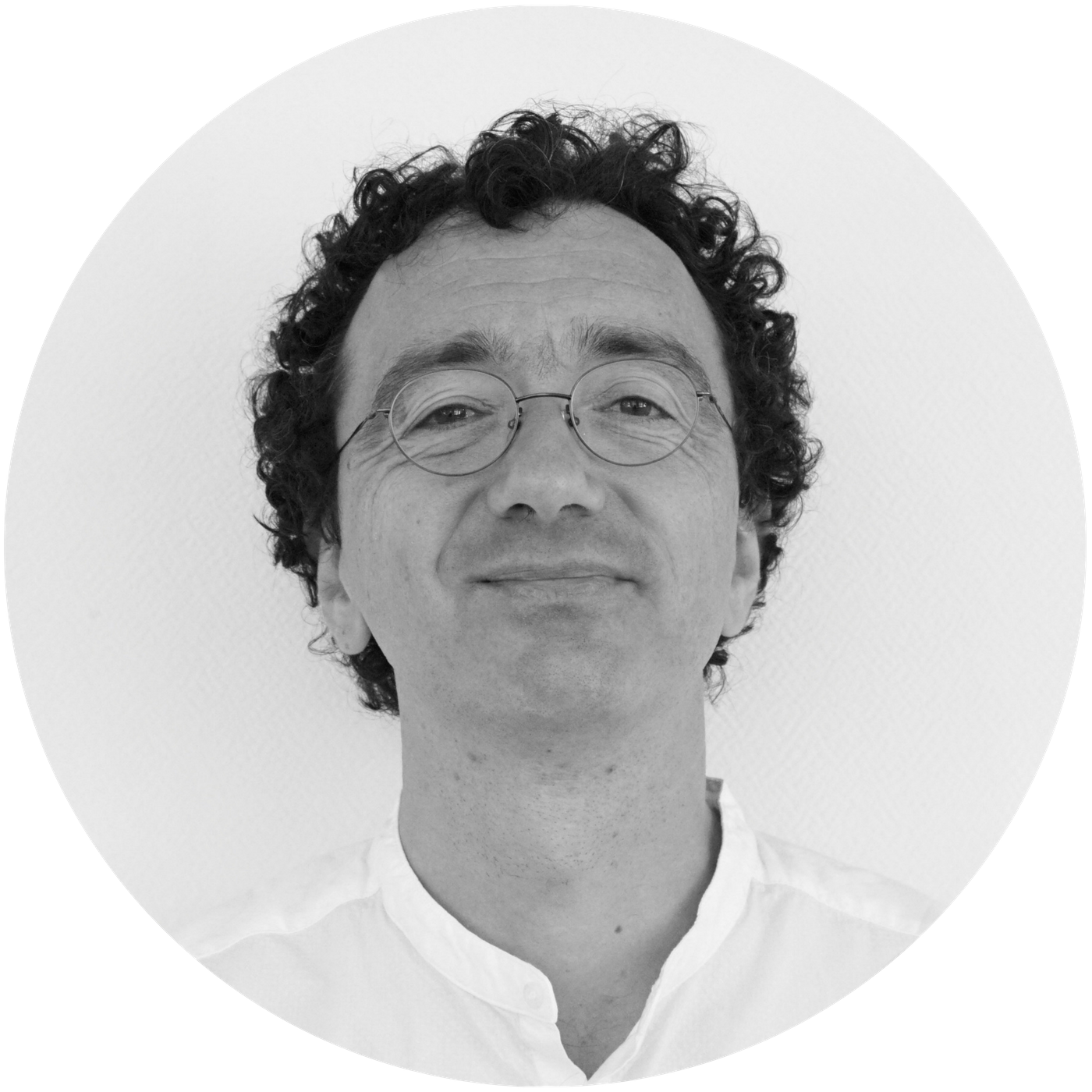
Christian BENAR | DR Inserm
DynaMap - Team Lead
Email: christian.benar@univ-amu.fr
Research Gate | MEG wiki | CV
I graduated from Ecole Supérieur d'Electricité (Supélec) in 1994. I then spent one year as an engineer at the Hospital Saint-Anne in Toulon (with Franck Vidal), and two years as a programmer at Stellate Systems (Montréal). I did my PhD under the supervision of Jean Gotman at the Montreal Neurological Institute (MNI). Back to France in 2004, my postdocs were in Marseille (fMRI Center, with Jean-Luc Anton) and in Sophia Antipolis (Maureen Clerc and Theodore Papadopoulo).
I was appointed researcher INSERM ("chargé de recherche 1ère classe" ) in 2006. Since january 2012, I am the leader of the "Dynamical Brain Mapping Group” here at INS. Since September 2014, I am scientific head of the Marseille MEG platform.
My research interest is signal processing applied to brain signals (fMRI, EEG, MEG), in order to characterize the spatio-temporal dynamics of networks in cognition and disease. Currently, our team is working on simultaneous recordings of surface (EEG, MEG) and depth (SEEG) signals.
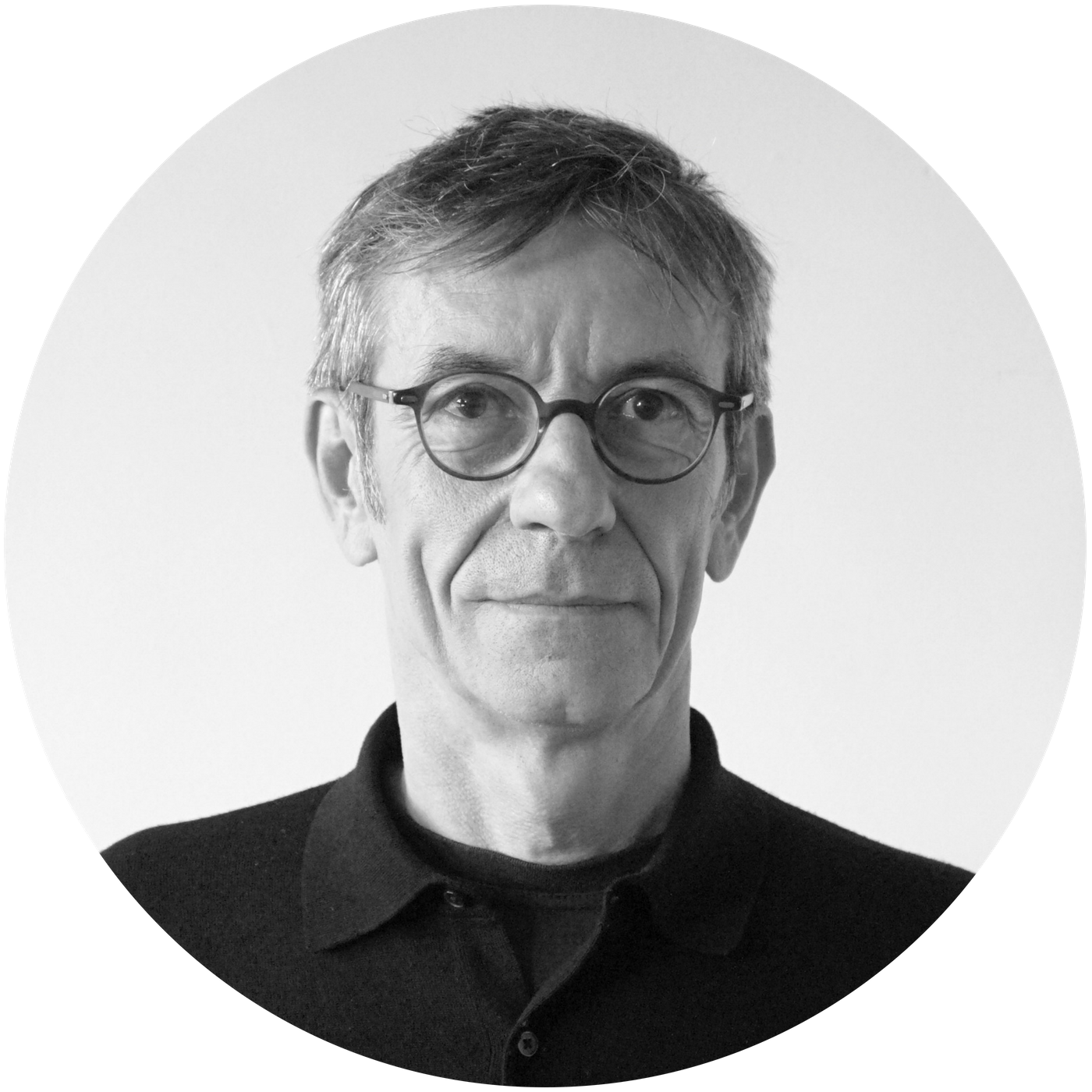
Olivier BLIN | HDR
TNG
Head of the Clinical Pharmacology & Pharmacovigilance Department
Email: Olivier.BLIN@ap-hm.fr
Olivier BLIN (MD, PhD, MBA), is Professor of Pharmacology at Aix-Marseille University, certified in Neurology, Psychiatry and Medical Biology. He owns a PhD in Human Biology as well as a MBA from Ecole Centrale Paris. He is currently Head of the Clinical Pharmacology & Pharmacovigilance Department, Marseille University Hospital (Ap-Hm), member of UMR AMU-INSERM 1106, and coordinator of the University Hospital Federation DHUNE, COEN center on neurodegenerative disorders and aging (www.dhune.org). At the national level, he is a Member of the Working Group French National Plan for Rare Diseases, Member of the National Steering Committee French National Plan for Neurodegenerative Diseases and of the scientific committee of CNS ITMO Aviesan. He also is Vice President of the scientific council of CSFRS (Ecole Militaire, Paris).
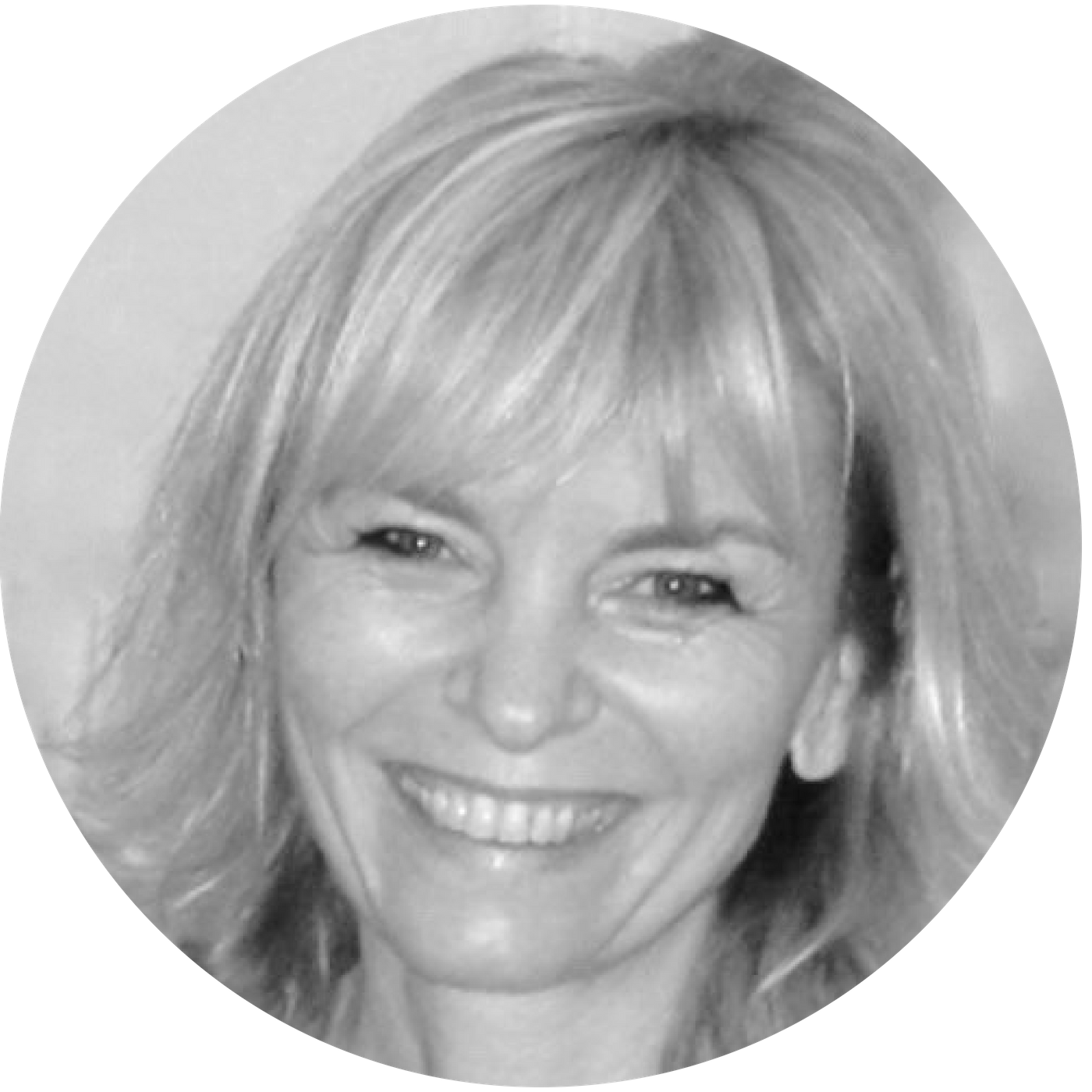
Mira DIDIC | PH (HDR)
Email: mira.didic@univ-amu.fr
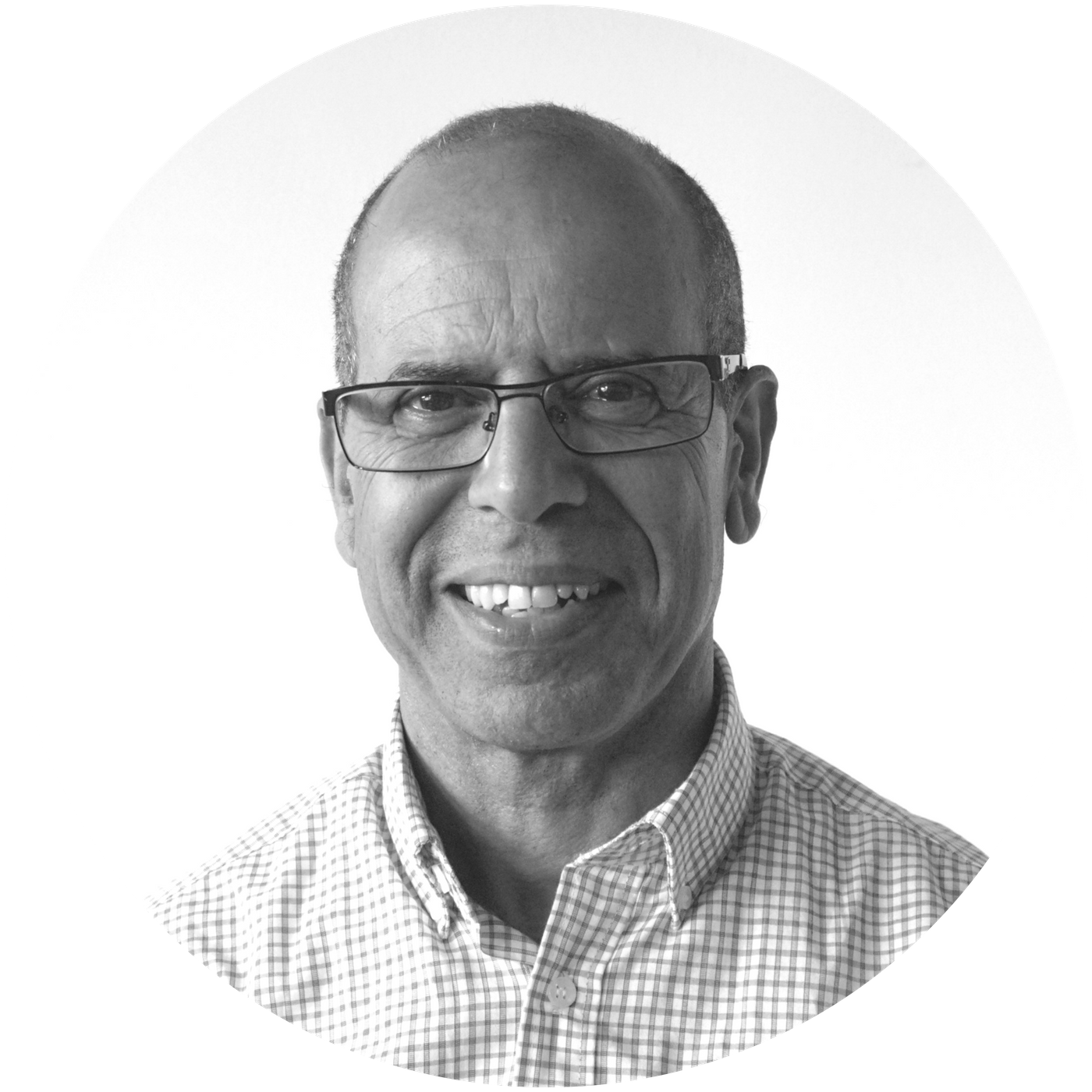
Driss BOUDDSAOUD | DR CNRS (HDR)
Email: driss.boussaoud@univ-amu.fr
Driss Boussaoud received a MS diploma in Biology & Geology in 1980 from Mohamed 5th University (Morocco), and moved to Lyon (France), were he received his PhD in Neurosciences in 1983 from Claude Bernard, Lyon. After a short stay in Morocco as Assistant Professor (1984-85), he joined the National Institutes of Health in Bethesda (MD, USA), as a post-doc (1986-89) and as a visiting fellow (1990-92). In 1992, he was recruited by the CNRS (Lyon, France) where he has developed his research program on the emergence of function in brain networks using an multidisciplinary approach including neurophysiology, brain imaging and neuropsychology both in health and disease. Over his carrier, Dr Boussaoud has made significant contributions to the anatomy and physiology of the brain networks of vision, action planing, attention and gaze signals, as well as the brain dynamics during learning. His current work focuses on social learning addressing questions such as: how social context modulates neuronal properties? and how do we learn from others? He has authored and co-authored over 80 articles and book chapters, cited over 6000 times, and gave more than 100 international conferences. In addition to these scientific contibutions, Dr Boussaoud has occupied various positions in the CNRS, namely: Founder and Director of the Mediterranean Institute for Cognitive Neurosciences (INCM, UMR6193, Marseille); Member of the National Advisory Committee (comité national, 2004-2009); PI and Coordinator of the French-Moroccan Neuroscience Consortium (2008-2015; 29 laboratories); PI and Coordinator of N€UROMED, FP7 International Cooperation, REGPOT-2009-2 (2009-2013, 26 Institutions from 7 mediterranean countries). Since 2008, Dr Boussaoud has played an active role in the development of cooperation and exchanges among Mediterranean neuroscientists. In particular, he is the founder of the Mediterranean Neuroscience Society – MNS http://www.mnsociety.net/, and has acted as its 1st President (2009-2012).
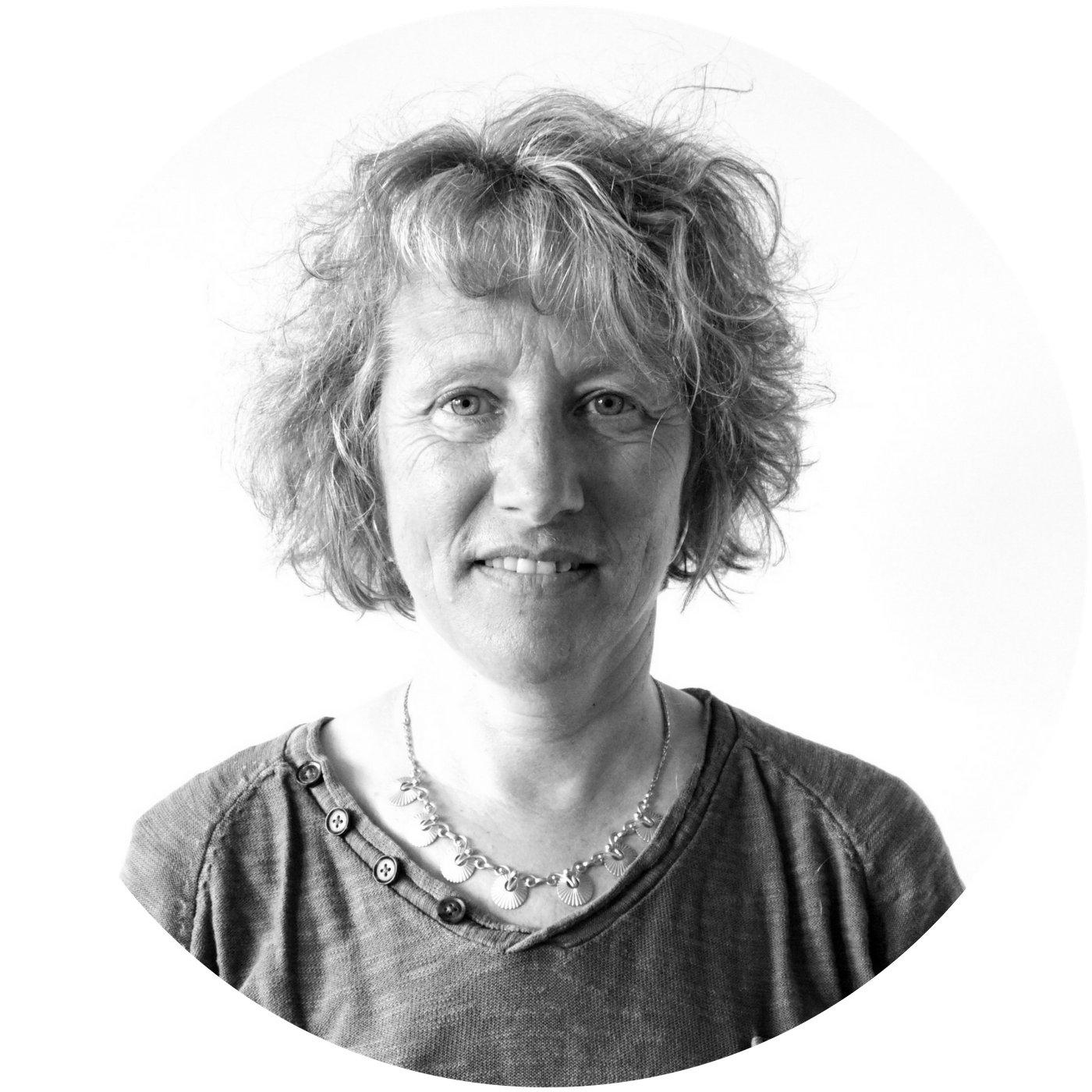
Mireille BONNARD | DR CNRS (HDR)
Email: mireille.bonnard@univ-amu.fr
Phone: 33 (0)4 91 32 42 54
MB started her research in behavioral sciences, investigating how human gait (as all the sensori-motor automatisms -respiration, mastication, etc) can be modulated intentionally. This allows adaptation of these vital functions to the subject's will, given the environmental constraints and the dynamical properties of the effector system. She got her PhD in 1991 in the laboratory "Cognition and Movement" (head: J. Pailhous) and got a permanent researcher position at CNRS in 1994.
Then, she developed an expertise in non-invasive techniques allowing the exploration of brain activation (fMRI, EEG, TMS) combined with behavioural data, in healthy human. 1998 to 2004, she led the team "Cerebral substrates of voluntary movement" in the laboratory "Movement and Perception (head: J. Pailhous). 2004 to 2011, she was the head of a team "Intention and action control" at the "Institut de Neurosciences Cognitives de la Méditerranée" (head: D. Boussaoud).
Since 2005, she is the scientific leader of an original platform (open to the community) allowing cortical focal stimulation (using MRI-guided Transcranial Magnetic Stimulation – TMS) combined with simultaneous recording of brain activation (using EEG) in humans. This neuronavigated TMS offers the possibility to induce a well-localized central perturbation of brain dynamics in healthy human subjects, and to on-line measure its direct effects on cortical activation. Moreover, TMS can be triggered depending on the immediate dynamic state of the brain, based on online processing the EEG. From the response of the brain to this stimulation, one can discover many properties of brain activation and try to interfere with them in return. For 2012, she joined the "Institut de Neurosciences des Systèmes, and she developed several fruitful collaborations with combined neuronavigated TMS and EEG with researchers inside and outside the laboratory on motor control, resting states, language, consciousness of our own body parts.

Manuel MERCIER | IR INSERM
DCP
After graduating in neurophysiology, I obtained a master’s degree in cognitive sciences from Paris University.
Next, I moved to Switzerland to complete a PhD in neuroscience at Ecole Polytechnique Fédérale de Lausanne, under the supervision of Olaf Blanke , in collaboration with Christoph Michel from the Geneva University Hospital. During my PhD, I investigated visual motion perception and the multisensory aspects of embodiment using EEG brain mapping and clinical approaches.
Thanks to a prospective researcher fellowship from the Swiss National Science Foundation, I joined the laboratory of John Foxe and Sophie Molholm in New York. There, I investigated the role of neural oscillations in multisensory processes using intracranial and surface recording in humans. Next, I work with Fred Lado, Ashesh Mehta and Charlie Schroeder’s teams to develop multimodal tools for human intracranial investigations.
Back in France, a Marie Sklodowska-Curie Individual Fellowship from the European Commission allowed me to join the CerCo laboratory (CNRS, UMR5549) to pursue my investigations on multisensory processing, and especially the interplay with decision making.
Currently appointed at the Institute of Systems Neuroscience (Inserm, U1106) at Aix-Marseille University, I joined the DCP team to investigate the link between cognitive process and brain network dynamic using intracranial recording in human.
In addition to my research work, I promote the open and slow science frameworks to support research responsibility and ecological sobriety. I am an active member of the AtÉcoPol d’Aix-Marseille, a collective of scientists communicating about environmental issues and acting at redirecting the trajectory of our society from a systemic perspective.
Email: manuel.mercier@univ-amu.fr
https://orcid.org/0000-0001-6358-4734
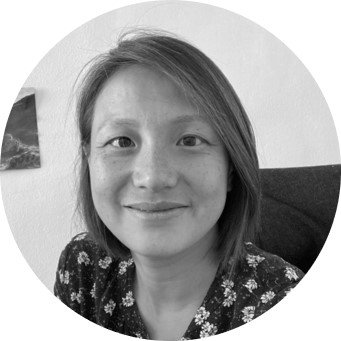
Sophie CHEN | IE Inserm
Email: sophie.chen@univ-amu.fr
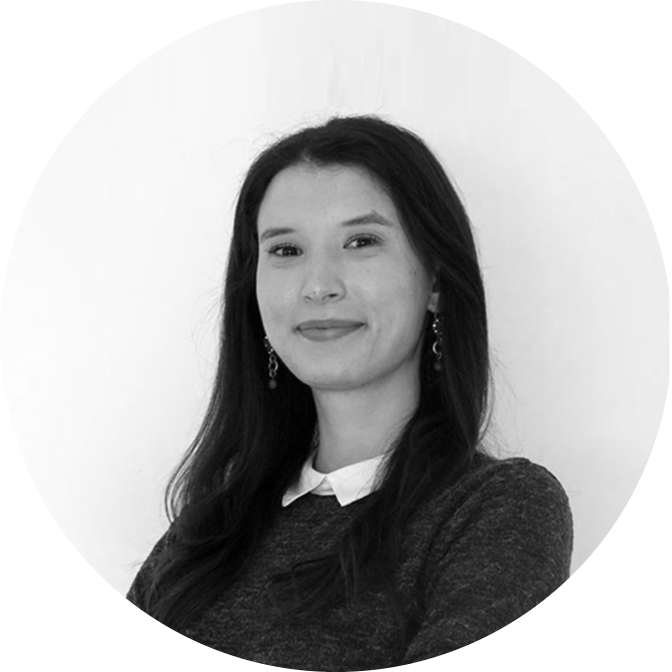
Eya BOURGUIBA | Project Manager
Dynamap
Mail: eya.BOURGUIBA@univ-amu.fr
I majored in Industrial Engineering from the University of Applied Sciences and Technology of Tunisia (INSAT). I joined Dynamap team in 2022 as a Project Manager. I am managing the coordination of the Recherche Hospitalo-Universitaire (RHU) EPINOV project and the ERC Synergy GALVANI project. My work consists mainly on managing the administrative, financial and human resources aspects of the projects, the coordination between the different stakeholders and ensuring the scientific reporting to both national and European funding agencies.

Véronique SABADELL | Speech therapist
My PhD is focused on language and speech therapy under the supervision of Pr Agnès TREBUCHON (INS) and F.-Xavier ALARIO (LPC). We explore the effect of prehabilitation (rehabilitation before neurosurgery) in the context of drug-resistant epilepsy. We are developing online rehabilitation tools in collaboration with Christelle ZIELINSKI (The ILCB Center of Experimental Resources). We are trying to understand if and how prehabilitation could improve cognitive resilience of the patients to surgical risk.
email : veronique.sabadell@ap-hm.fr
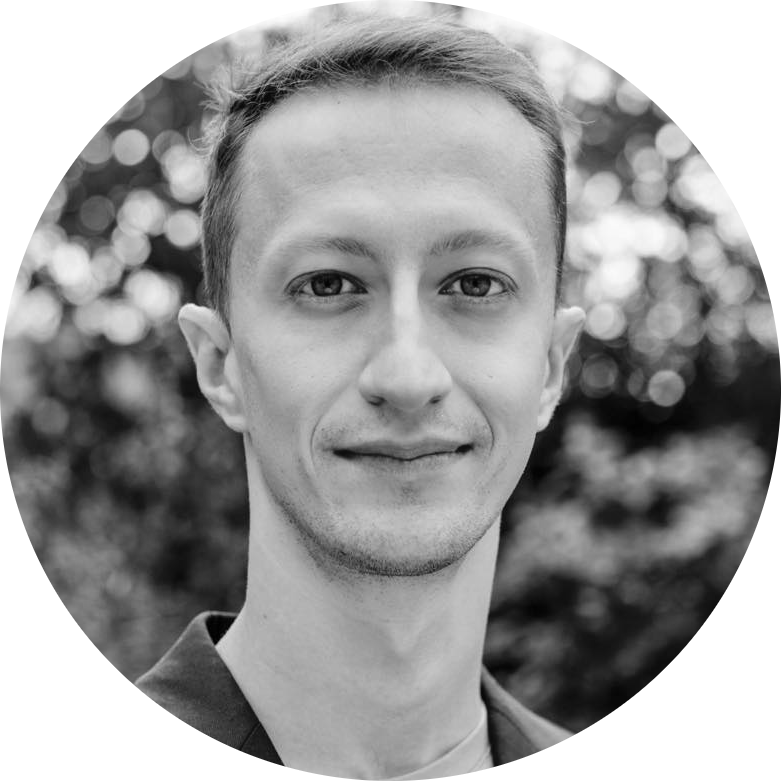
Flavius BRATU | MD, PhD Student
Dynamap
Mail: flavius.bratu@yahoo.com
I am a Neurologist in training. I obtained the title of Medical Doctor from Carol Davila University of Medicine and Pharmacy, Bucharest, in 2019 (dual degree B.Sc and M.Sc). I have spent most of my residency training in the Epilepsy Monitoring Unit of the Emergency University Hospital Bucharest, which is the heart of the Romanian National Programme for Pharmacoresistant Epilepsy. Since 2022 I am training in the Clinical Neurophysiology Department of Timone Hospital and I am research fellow of DynaMap. My scientific topics include: simultaneous scalp EEG-SEEG studies, autoscopic phenomena, permutation entropy and the postictal state. In the past I have been vice-champion of the International Neuroscience Championship (Cape Town, South Africa, 2012) and laureate for the preselection of the national team representing Romania at the International Biology Olympiad (Bern, Switzerland, 2013).

Marcel CARRERE | MCU
Email: marcel.carrere@univ-amu.fr
In 1989 I have finished my master 2 in theoretical physics (plasmas physics) from the University of Grenoble and I have integrated the famous military school of Saint Cyr-Coëtquidan and spent 8 months as officer instructor. I completed my thesis the in 1994 with the title: ‘experimental study of a multipolar plasma discharge’. From 1994-1995 I went to Holland, where I was a researcher on plasma jets and tomography and in 1995 I was recruited to be a full teacher and started studying surface spectroscopy (HREELS) and designing an Helicon plasma discharge (RF discharges) and Langmuir probes, studies of anodic and cathodic sheath physics, and I discovered the creation on negative ions on a carbon surface facing hydrogen plasma. I also collaborated with a company, Ion Beam Services (IBS) and we built a new plasma implanter. All these works allow to pass the 6 January 2009 : “Habilitation à Diriger des Recherches” HDR , University of Provence « Plasmas, Surfaces and the interaction Plasma- surface. ». During all this period I was also Supervisor for CIES 2002-2011 to perform neuro-linguistic programming and didactic works for professional methods to improve education. My Teaching activities (AMU), are covering fields in electronic, applied physics , relativity , sensors physics, statistical physics, radioactivity, plasmas physics, optics, electrostatics, magneto-static, practical teaching for epilepsy and computational neuroscience (Licence1 to M2 biology and Nano- physics).
Since 2012 I am member of the team "Theoretical Neurosciences Group" here at INS, where my work if focused on measuring TMS-EEG at rest for healthy subjects in order to compare with modeling of epileptic patient and resting state patient with The Virtual Brain and I perform multi-signal analysis with software like EEGlab, Anywave, Brainstorm, Fieldtrip, Matlab and python programming.

Bruno COLOMBET | AI AMU
Email: bruno.colombet@univ-amu.fr
Phone: 04 91 38 55 40 or +33 4 91 38 55 40
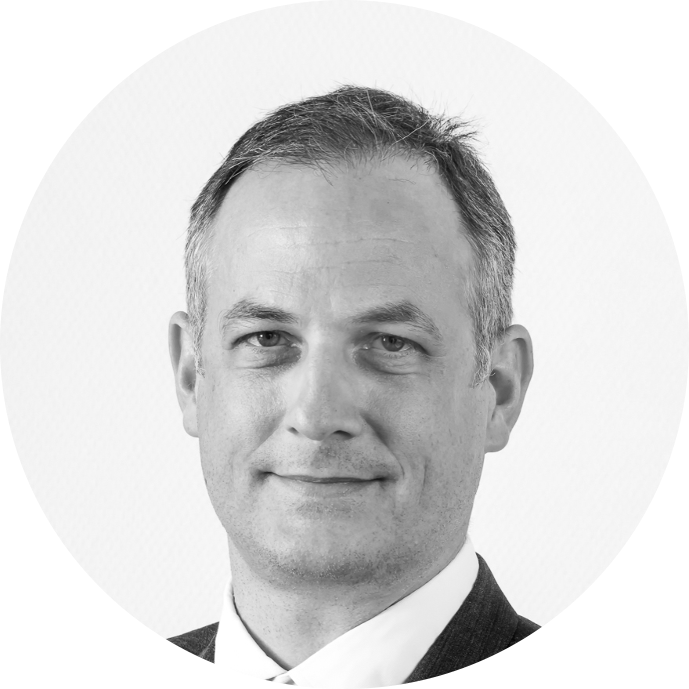
Olivier DAVID | DR Inserm (HDR)
Email: olivier.david@univ-amu.fr
OD graduated in applied physics at Ecole Normale Supérieure de Cachan, and obtained a PhD from Université Paris Sud in signal processing applied to human neurophysiology at CNRS / La Salpêtrière Hospital. He did a post-doc at University College London where he developed a highly cited method for inferring properties of neuronal populations underlying brain oscillations (Dynamic Causal Modelling for MEG/EEG). In 2005, he obtained a permanent researcher position to coordinate an EEG/fMRI program in humans and rodents at the INSERM Grenoble Institute of Neuroscience, France. He is now Inserm Director of Research and has been leading a research group focused on preclinical and clinical neurophysiology in refractory neurological and psychiatric disorders. The main topic of his current research is to understand the effects of brain stimulation on the organization of functional brain networks. He has published more than 180 articles in international peer-reviewed journals including several highly cited articles in human neurophysiology and epilepsy. He holds 1 patent and developed 3 software solutions distributed worldwide. He has participated in more than 60 competitive research grants, e.g. was PI of 1 ERC-CoG (ended in 2019), 1 ERC-PoC (ended in 2019) and was co-leading some medical applications of the European Flagship Human Brain Project (ended in 2023). He has been involved as scientist in more than 18 clinical trials, and as expert in many evaluation committees, e.g. European Commission, ANR (past president of the panel “Integrative and Cognitive Neuroscience”), NSF for CRCNS call.
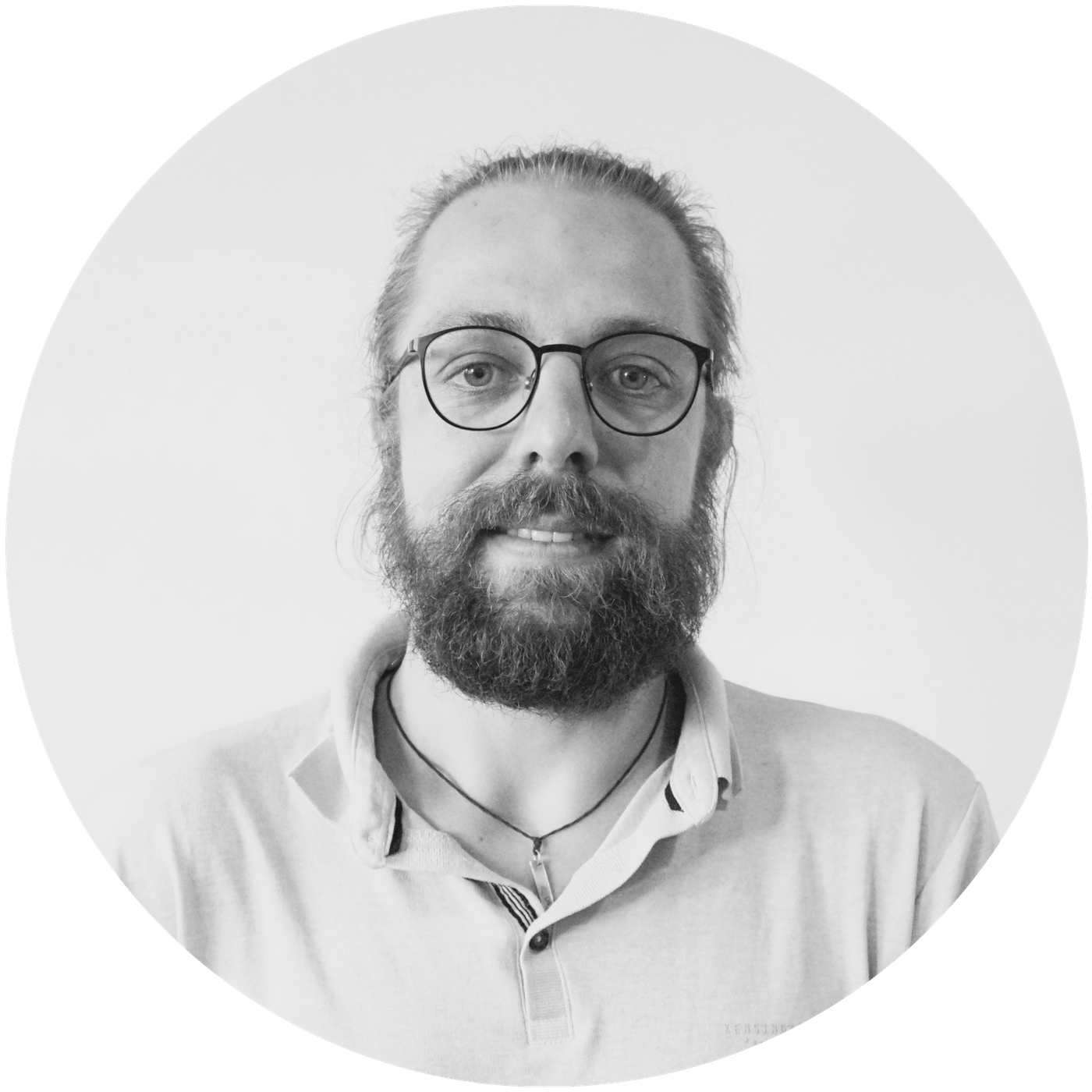
Damien DEPANNEMAECKER
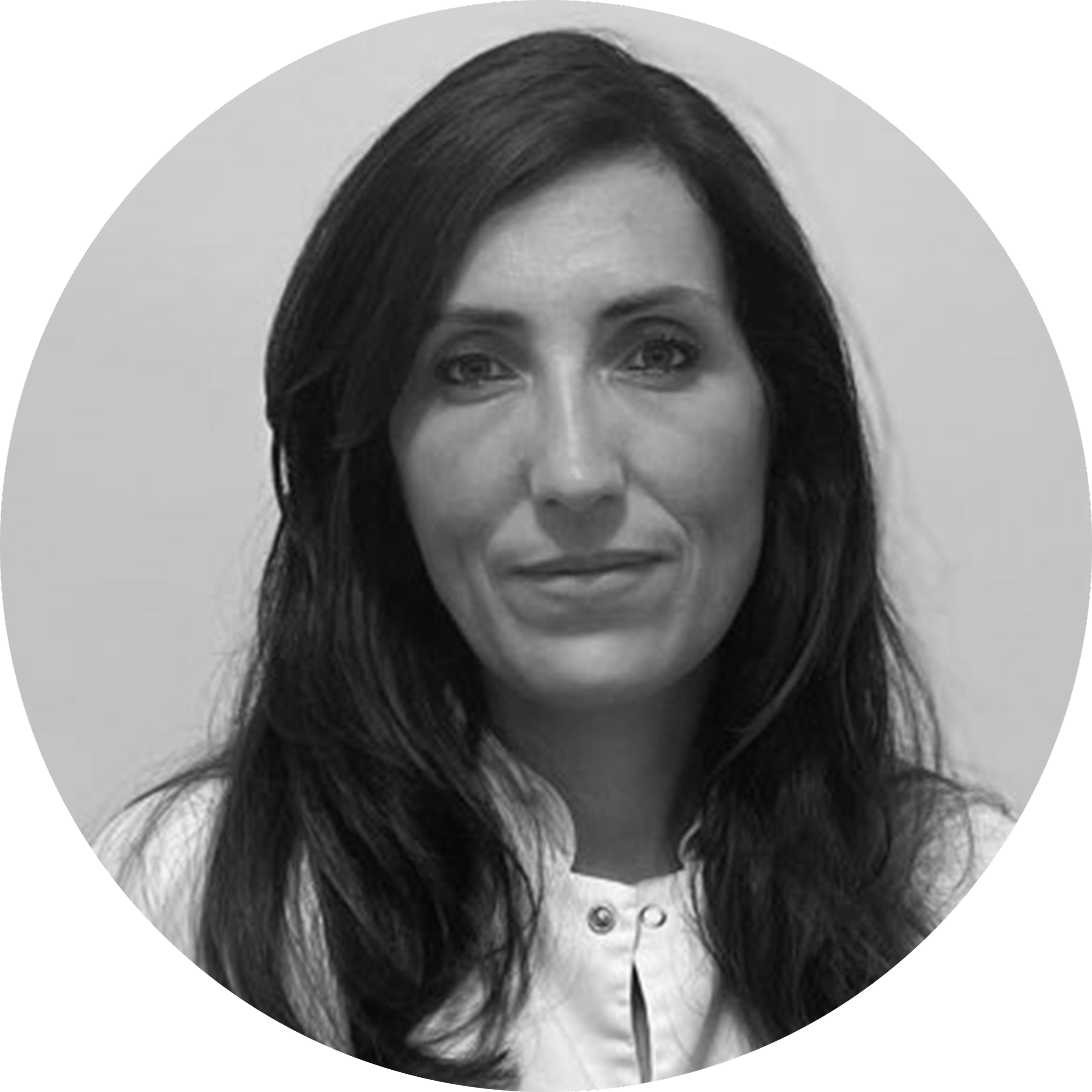
Beatrice DESNOUS | MD, PhD
Dynamap
Mail: beatrice.desnous@ap-hm.fr
I am MD, PhD child neurologist. I joined Dynamap team in 2022 and I am implementing a developmental research axis towards a better understanding of early brain function. The objective is to characterize the organization, spatial and temporal dynamics of brain rhythms and networks during normal and pathological development. My research aims i) the identification and understanding of fundamental mechanisms of early neurodevelopment (motor, language and cognitive) ii) identification of early prognostic biomarkers of normal and pathological neurodevelopment.
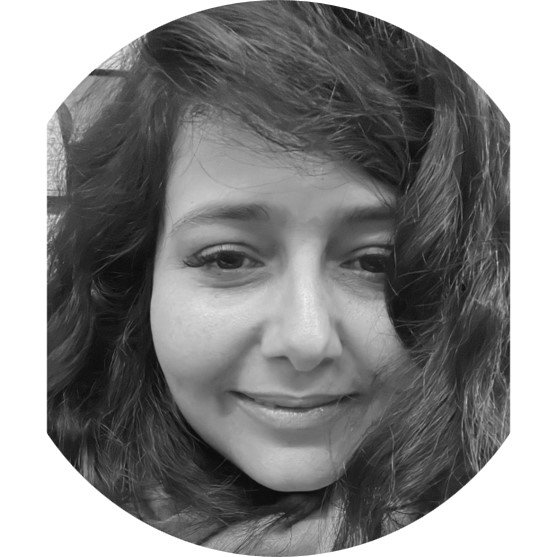
Aitakin EZZATI | PhD student
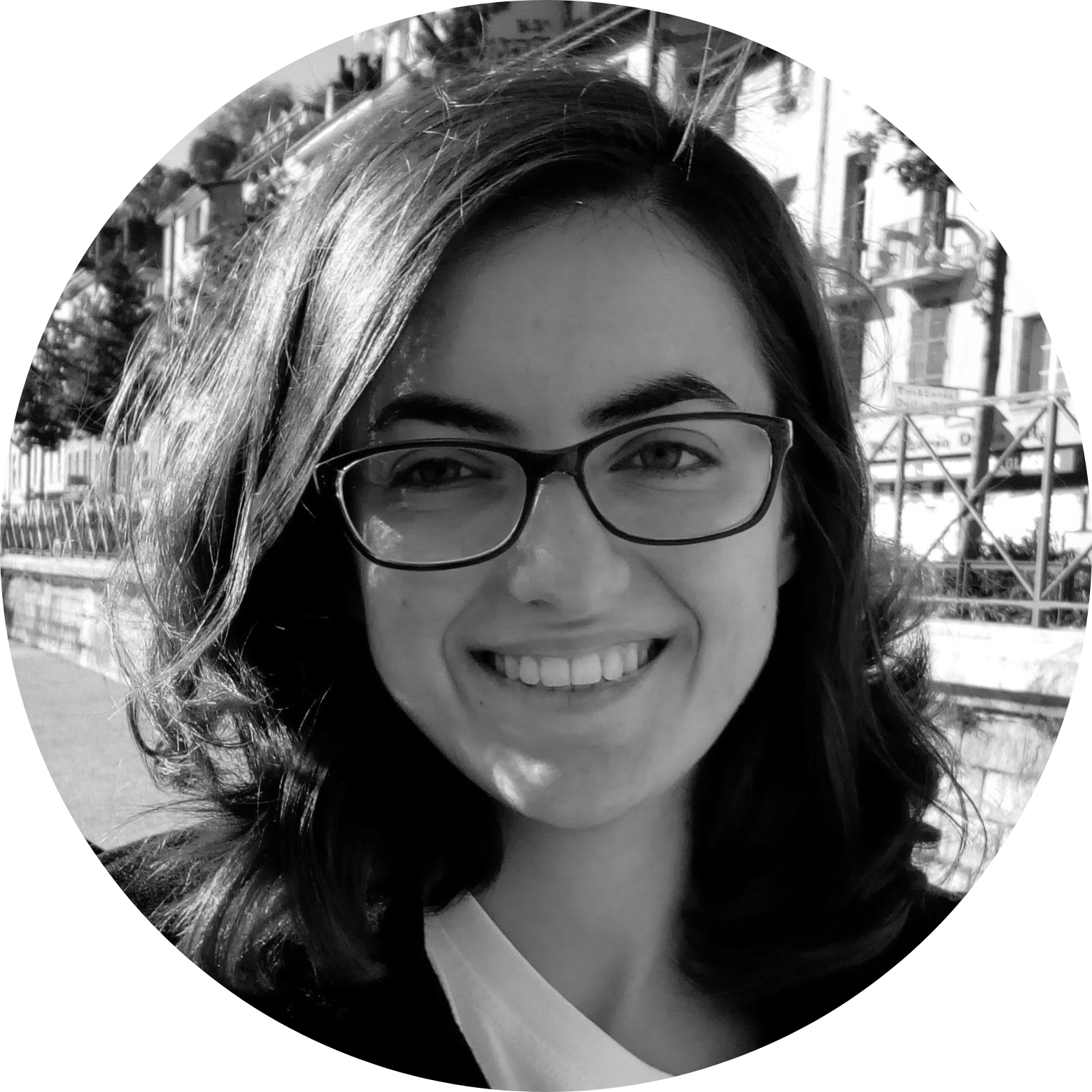
Borana DOLLOMAJA | Engineer
TNG
Email: borana.DOLLOMAJA@univ-amu.fr
I graduated in 2020 from Grenoble INP-Ensimag, an engineering school in applied mathematics and computer science. Previous to that I studied at University Grenoble Alpes in mathematics and informatics. My work at INS involves integrating stimulation in virtual brain models and studying it with the goal to better understand the mechanisms of stimulation as a therapy treatment for epilepsy.
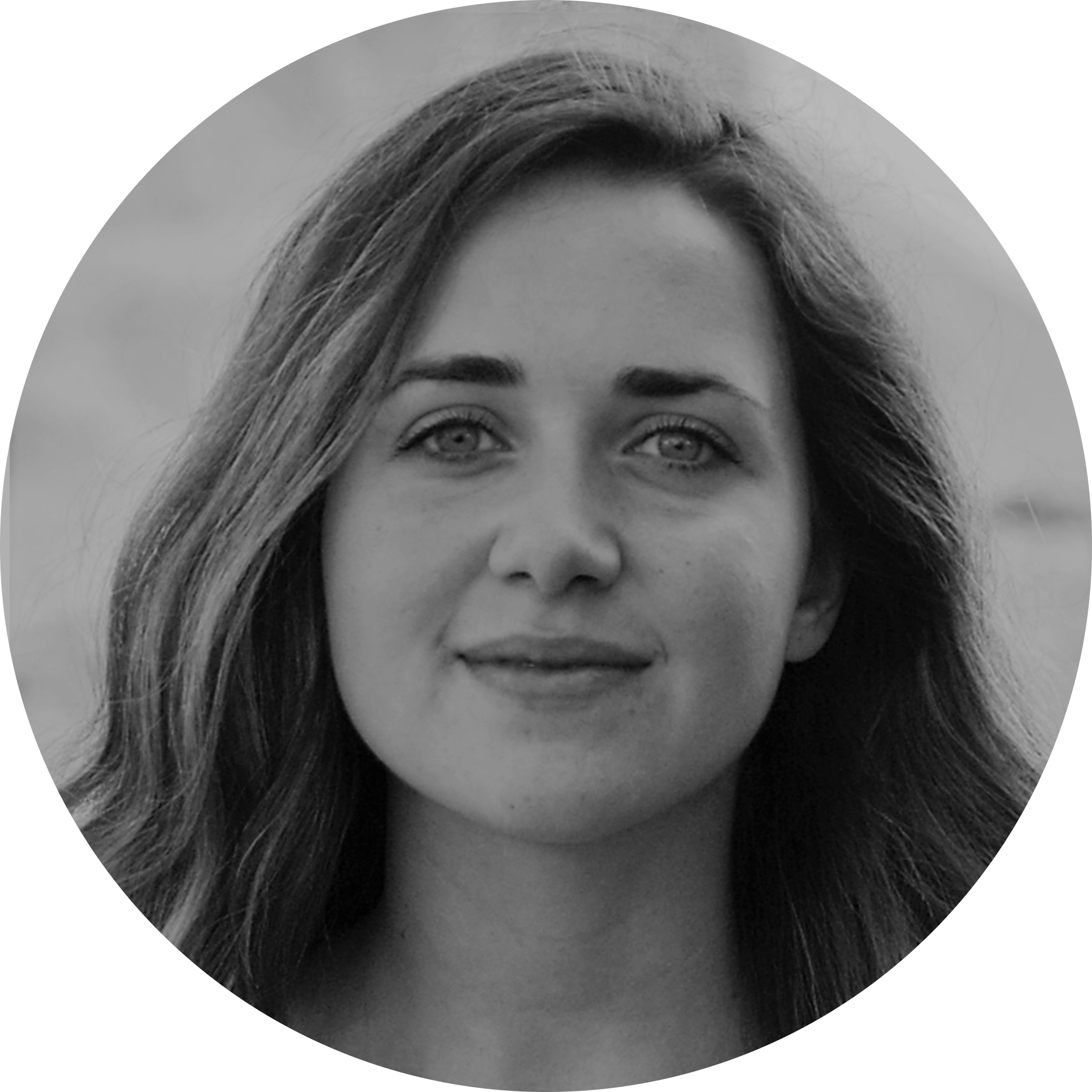
Maria Fratello | PhD Student
Email: maria.FRATELLO@univ-amu.fr
After obtaining a Master Degree in Biomedical Engineering at the University of Rome "La Sapienza", where I discovered my interest for biomedical signal processing and neuroscience, I've joined the Dynamap team as a research engineer to work on the EPINOV project.
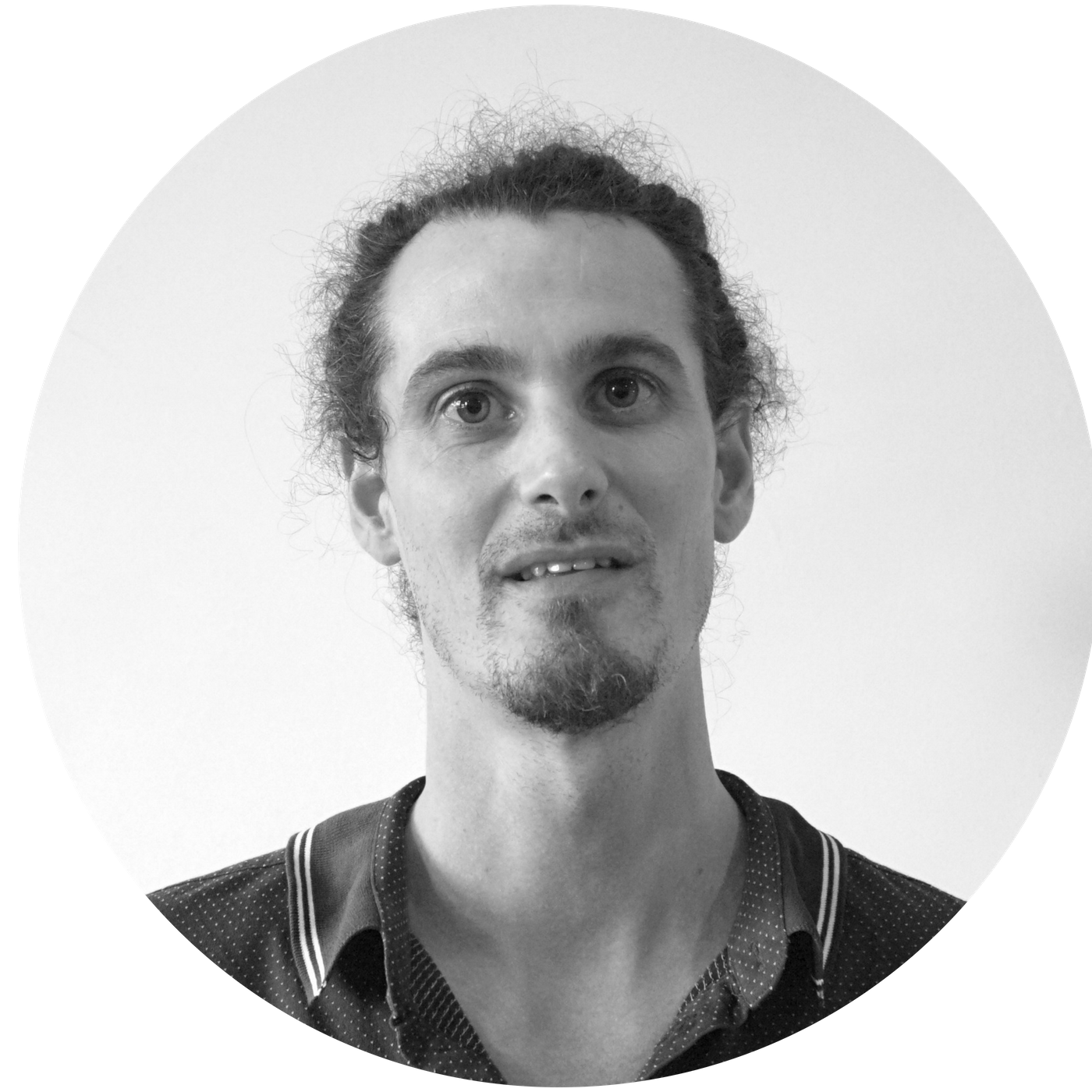
Antoine GHESTEM | IE AMU
Email: antoine.ghestem@univ-amu.fr
Phone: 04 91 32 42 55
2000 to 2007 Antoine was engineer assistant in molecular biology at the JPARC (INSERM U837) in Lille. He had Proteomic works: biochemical diagnoses of various neurodegenerative diseases, and search for markers. Since 2007 he had joined the UMR 751 as engineer (now the Institut de Neurosciences des Systèmes, UMR1106). His research is center on in-vivo electrophysiological recording technics in freely-moving rodents.

Bernard GIUSIANO | MCU-PH
Email: bernard.giusiano@univ-amu.fr
As a public health doctor focused on medical informatics and biostatistics, I am involved in the research of innovative methods of SEEG, MEG and EEG signal processing, notably to improve the spatial localization of brain activities. I also participate, as a methodologist, in various clinical studies conducted by physicians and researchers of the laboratory and clinical services associated with it. I am currently particularly interested in deep learning and network analysis methods.
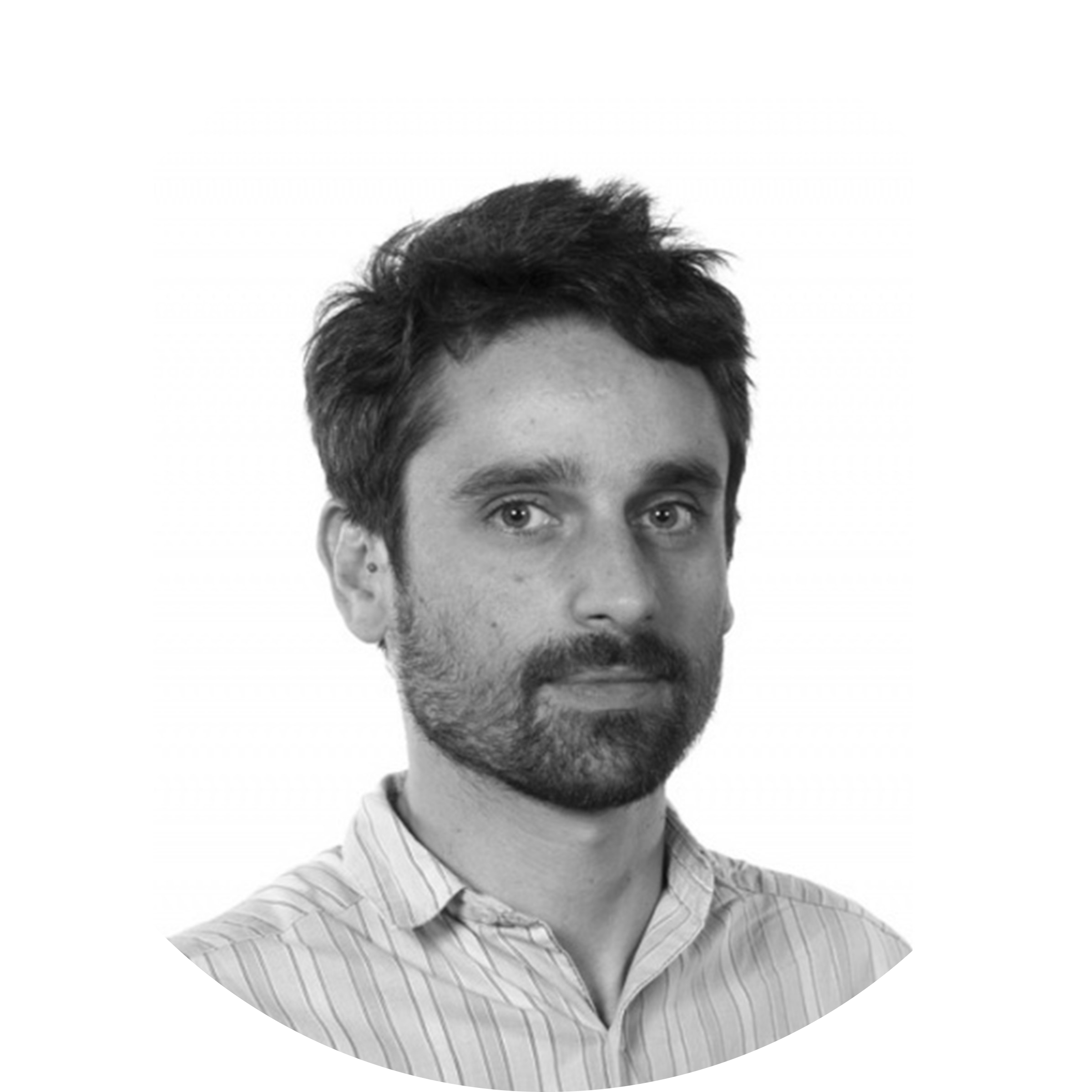
Raphaël GUEX | Postdoc
Email: raphael.guex@univ-amu.fr
I graduated as a biologist, I received one research PhD in Neuroscience and one theoretical PhD in affective science both at the university of Geneva, in the laboratory of Pr. Vuilleumier. My research interests include emotion, awareness, cognitive control, attention, neuronal plasticity and Brain Computer Interface (such as Neurofeedback), in both healthy subjects and clinical neuroscience, with a special interest on Epilepsy. In my young career, I used fMRI, EEG, iEEG and Neurofeedback in my research. Here is research gate page and my google scholar page.

Meysam HASHEMI | Postdoc
Email: meysam.hashemi@univ-amu.fr
I have studied physics, soft condensed matter in IASBS, Iran. Then, I received my Ph.D. in computer science from INRIA CR Nancy Grand Est. My doctoral thesis, under the direction of Dr. Axel Hutt, aimed to investigate the mechanisms underlying the observed specific changes in EEG patterns during propofol-induced anesthesia. I have extensive experience working with neural models at single neuron and neural population levels, in both numerically and analytically approaches. I have a keen interest in Bayesian inference and parameter estimation algorithms. Currently, I am a postdoctoral researcher with TNG at INS Marseille, under the direction of Dr. Viktor Jirsa. My aim is to infer the dynamics of personalized large-scale brain network models using Bayesian framework.
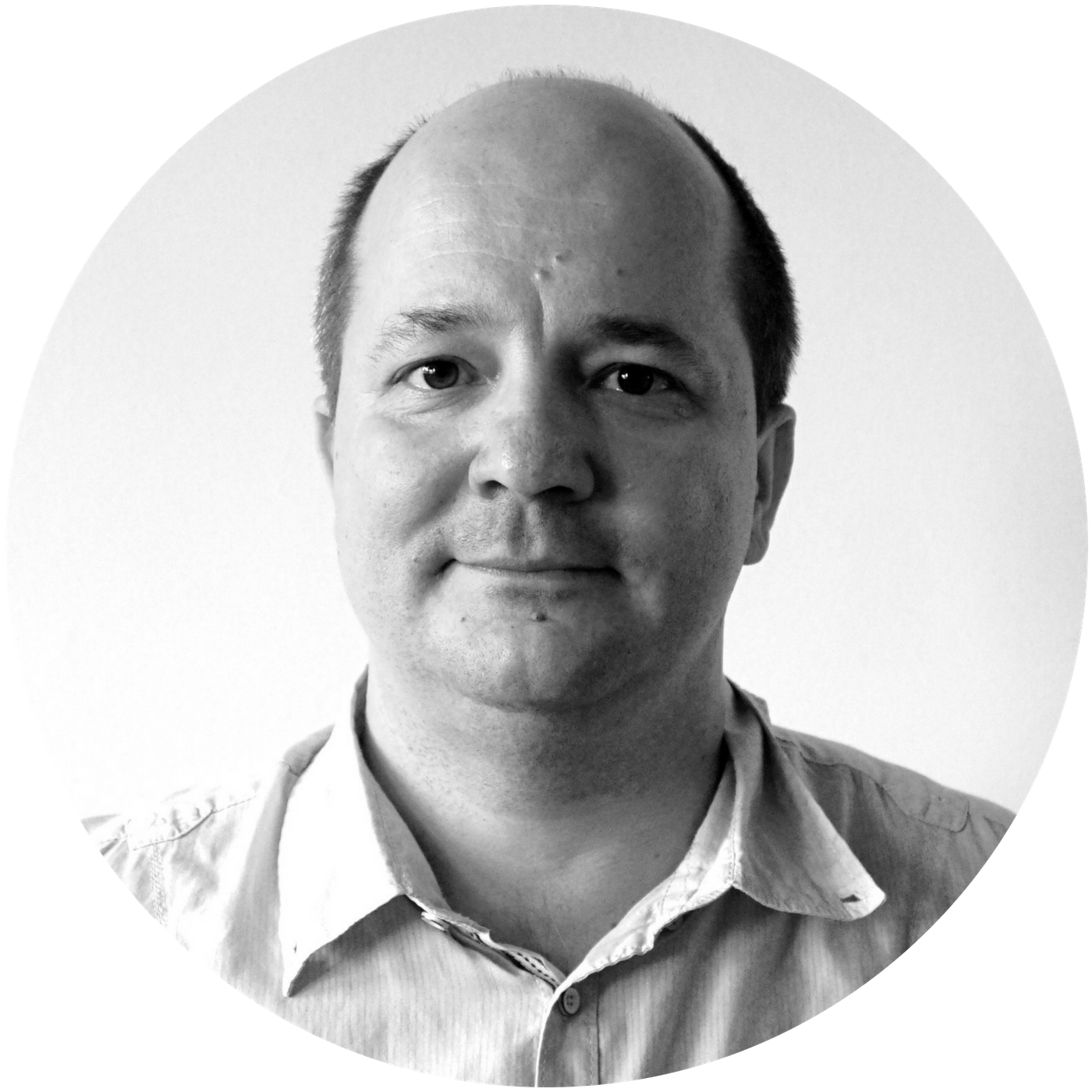
Anton IVANOV | IR Inserm
Email: Anton.IVANOV@univ-amu.fr
Anton Ivanov is a research engineer. He is an expert in neuronal electro-physiology, metabolic imaging and molecular sensing. His specialization is a development of research equipment and experimental protocols for simultaneous recording of metabolic and electrophysiological activities in brain preparation ex vivo. He participates actively to the INS research projects, his scientific results were published in more than 20 scientific articles and book chapters.
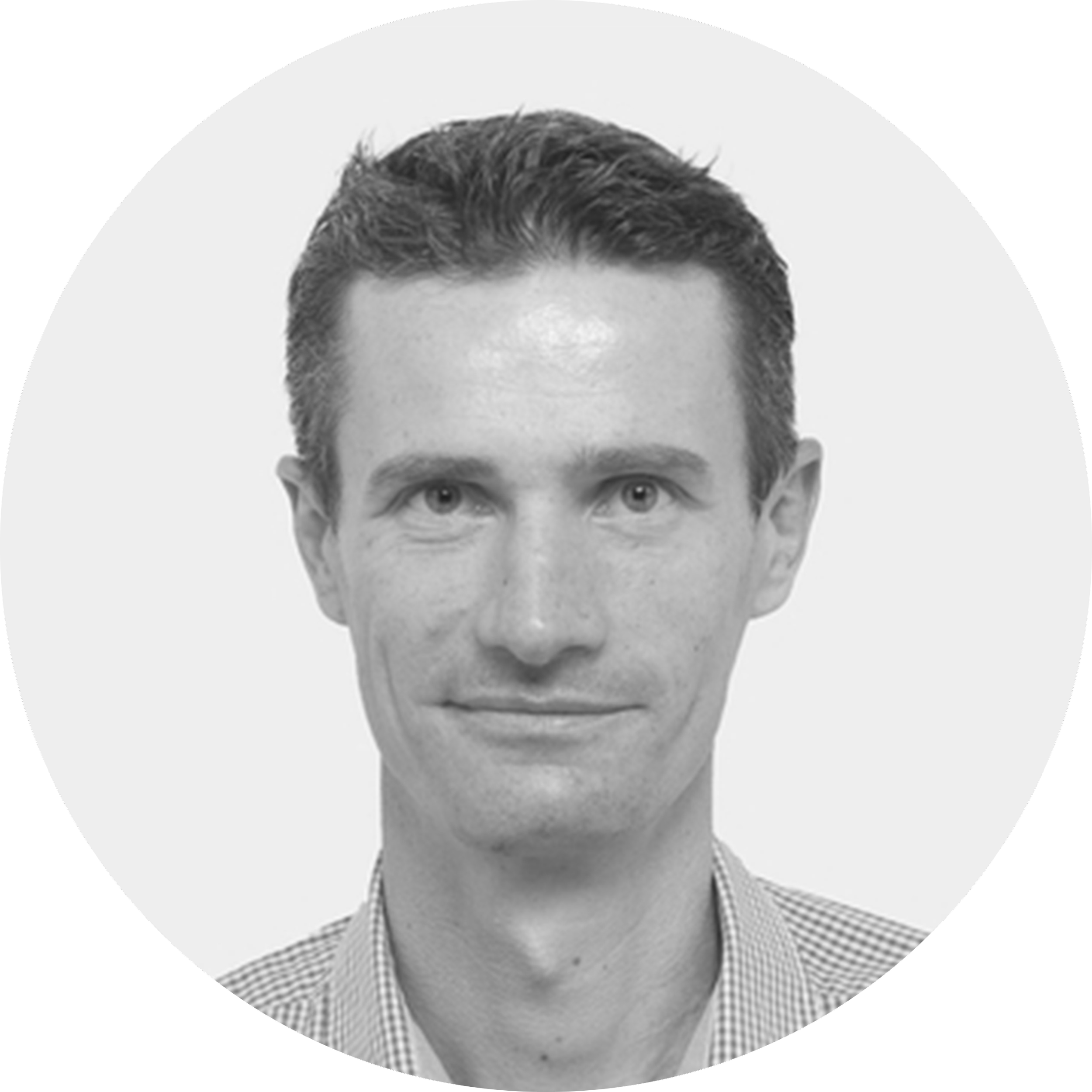
Maciej JEDYNAK | Postdoc
Email: maciej.JEDYNAK@univ-amu.fr
I work on the derivation of human brain connectivity from signals recorded with SEEG electrodes implanted in brains of patients suffering from pharmaco-resistant epilepsy. The electrodes not only record, but also stimulate and tracking of the stimulus spread in the brain allows to infer connectivity pathways. This method, unlike diffusion-MRI connectivity mapping, allows to derive directionality of connections and latency of signal propagation. I integrate these information with structural connectivity to obtain a brain atlas of neuronal communication speeds along white matter tracts. In my other projects I use the enriched structural connectivity for resting state modelling, I work on an atlas of white matter maturation and on detection of responses to stimulation affected by epileptic pathologies.
Since 2017 postdoctoral researcher working in Olivier David's group on the F-TRACT project (https://f-tract.eu/) firstly in Grenoble and then in Marseille, France.

Khoubeib KANZARI | Engineer
Dynamap
As an engineer, I am in charge of the acquisition, pre-processing and processing of MEG, EEG and intracerebral EEG data. I also participate in the development of specific analysis tools for pre/post stimulation and the characterization of epileptic nodes and the impact of stimulation.
Mail: khoubeib.kanzari@univ-amu.fr

Stanislas LAGARDE | MCU-PH, MD PhD
Email: stanislas.lagarde@univ-amu.fr
Research Gate | Scholar | ORCID
I am a neurologist specialized in epileptology and neurophysiology. I have a clinical and research focus on drug-resistant epilepsies and especially epilepsy surgery. My main topic is the study of epileptic network using intracranial EEG (SEEG).
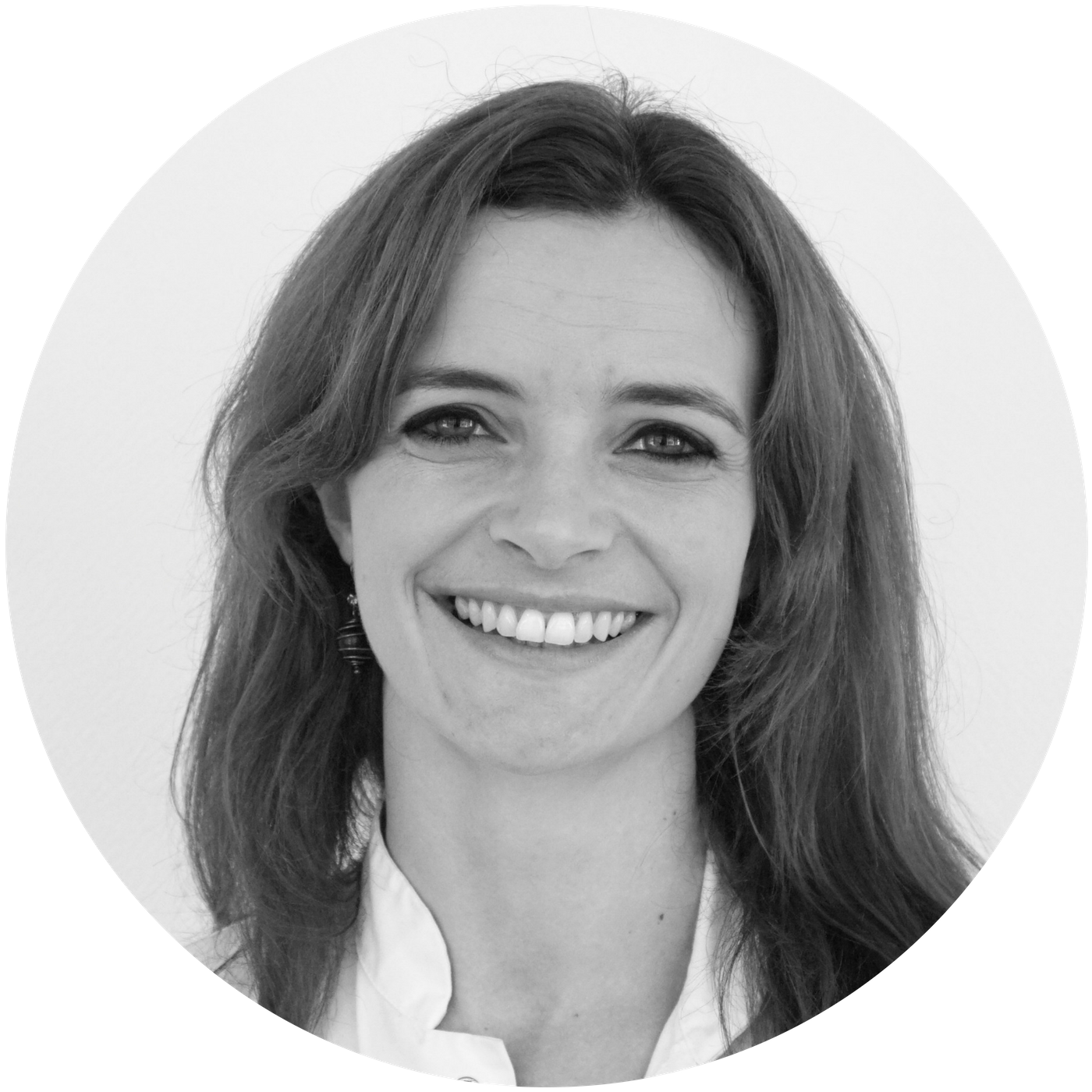
Isabelle LAMBERT | MD, PhD
Email: isabelle.lambert@univ-amu.fr
Medical activities : MD in 2013, specialization in Neurology. From 2013 to 2015, clinical practice in the Neuropsychological department (Pr Ceccaldi, memory center, Timone Hospital) and from 2015, clinical practice in sleep medicine in the sleep unit of the Epileptology and Brain Rythmology Department (Pr Bartolomei, Timone Hospital, Marseille). Research activities : In 2010: Master 2 Neuroscience (Integrative and cognitive neuroscience) directed by Dr Catherine Liegeois-Chauvel and Pr Olivier Felician about the study of recognition memory in MEG in patients with Mild Cognitive Impairment. PhD from 2014 (currently I am starting the 5th year) directed by Pr Bartolomei and Dr Benar, in association withe Pr Felician and Dr Tramoni-Negre) about the changes of interictal epileptic activities during sleep and the consequences on the long-term memory consolidation.

Victor LOPEZ-MADRONA | Postdoc
As a former engineer, I’m specialized on signal analysis and brain connectivity. During my PhD I studied the synchronization between different theta and gamma rhythms in the hippocampus of the rat at the Neuroscience Institute of Alicante, Spain. Then, I moved to Marseille to analyze simultaneous recordings at different scales (EEG, MEG, SEEG…) in patients with epilepsy. Now, I work with Dr. Benjamin Morillon on the role of theta and gamma oscillations in the auditory cortex during speech perception.
Email: v.lopez.madrona@gmail.com

Samuel MEDINA | Engineer
Email: samuel.medinavillalon@gmail.com
Graduated from Phelma (Grenoble-INP) engineering school in 2014, I joined the DynaMap team to work on the Vibrations project. My work is to develop some signal processing tools for researchers or clinicians to ease their analysis.

Lisa Otten | Project Manager
Email: lisa.otten@univ-amu.fr
Phone: +33 4 91 32 42 56
After I obtained my master in neuroscience, I went directly into scientific project management, while simultaneously following management classes at Kedge Business School. I started working as Viktor Jirsa’s Scientific Project Manager in February 2019. I am dedicated to managing the international and national contracts of the INS and especially the TNG team. I am working in close contact with the researchers from the institute as well as from partnering intuitions, following-up on ongoing projects and collaborations. My greatest implication is my work as the WP1 manager within the Human Brain Project.
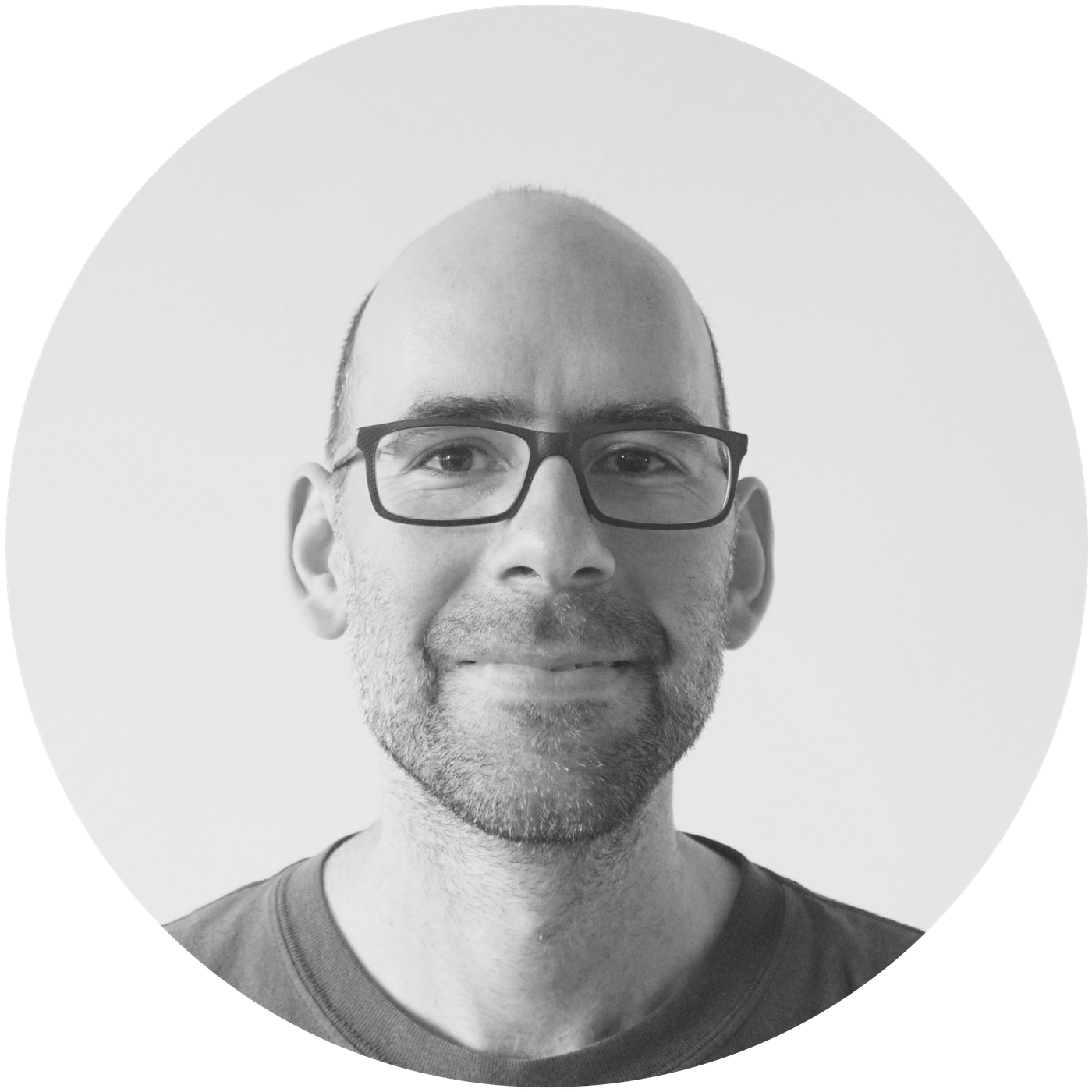
Spase PETKOSKI | Postdoc
Email: spase.petkoski@univ-amu.fr
After graduating as MSc in Electrical Engineering at Sts. Cyril and Methodius University (Macedonia) in 2014, I obtained a PhD in Physics as part of the Nonlinear and Biomedical Physics group at Lancaster University (UK), after which I joined INS.
My research interests are at the intersection of nonlinear dynamics and computational neuroscience. I am interested in concepts from synchronization and population dynamics in application to brain-network modeling, with particular interest on the impact of time-delays. Using the brain-network modelling paradigm, I study the stability of network dynamics in surgical resection during epilepsy, and the impact of network damage in context of stroke. Additionally I’m involved in time-series analysis with time-frequency, information theory and statistical methods applied to electrophysiological and functional imaging data in relation to the whole-brain dynamics.

Hugo QUENON | Engineer
D-CAP
Email: hugo.quenon@univ-amu.fr
After a degree in computer engineering, I joined the D-CAP team to develop tools for data collection and processing
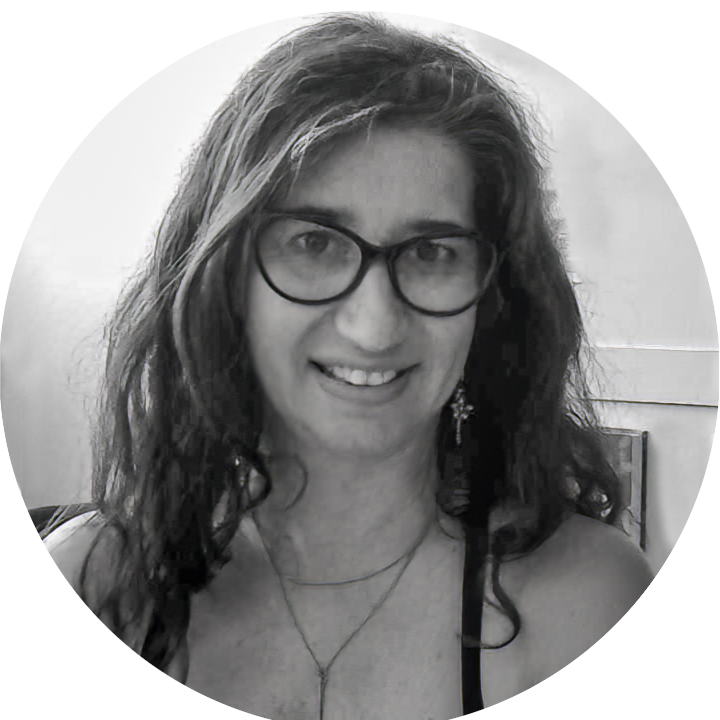
Pascale QUILICHINI | CR Inserm
Email: pascale.quilichini@univ-amu.fr
Phone: +334 91 32 42 31
Research Gate page | Google Scholar page
I am the "Dynamics of Neuronal Networks and Memory” group leader. We currently investigate the interactions between the temporal lobe (hippocampus and parahippocampal cortices), the thalamus (Nucleus Reuniens) and prefrontal cortex in the context of memory consolidation in physiological and pathological conditions. Our goal is to map the inner dynamics, both at the individual neuronal and functional connectivity levels, among these networks in order to decipher the mechanisms supporting the transfer of information for its long-term storage and how these processes are altered in pathology.

Julia SCHOLLY | MD, PhD
Dynamap
E-mail: julia.scholly@ap-hm.fr
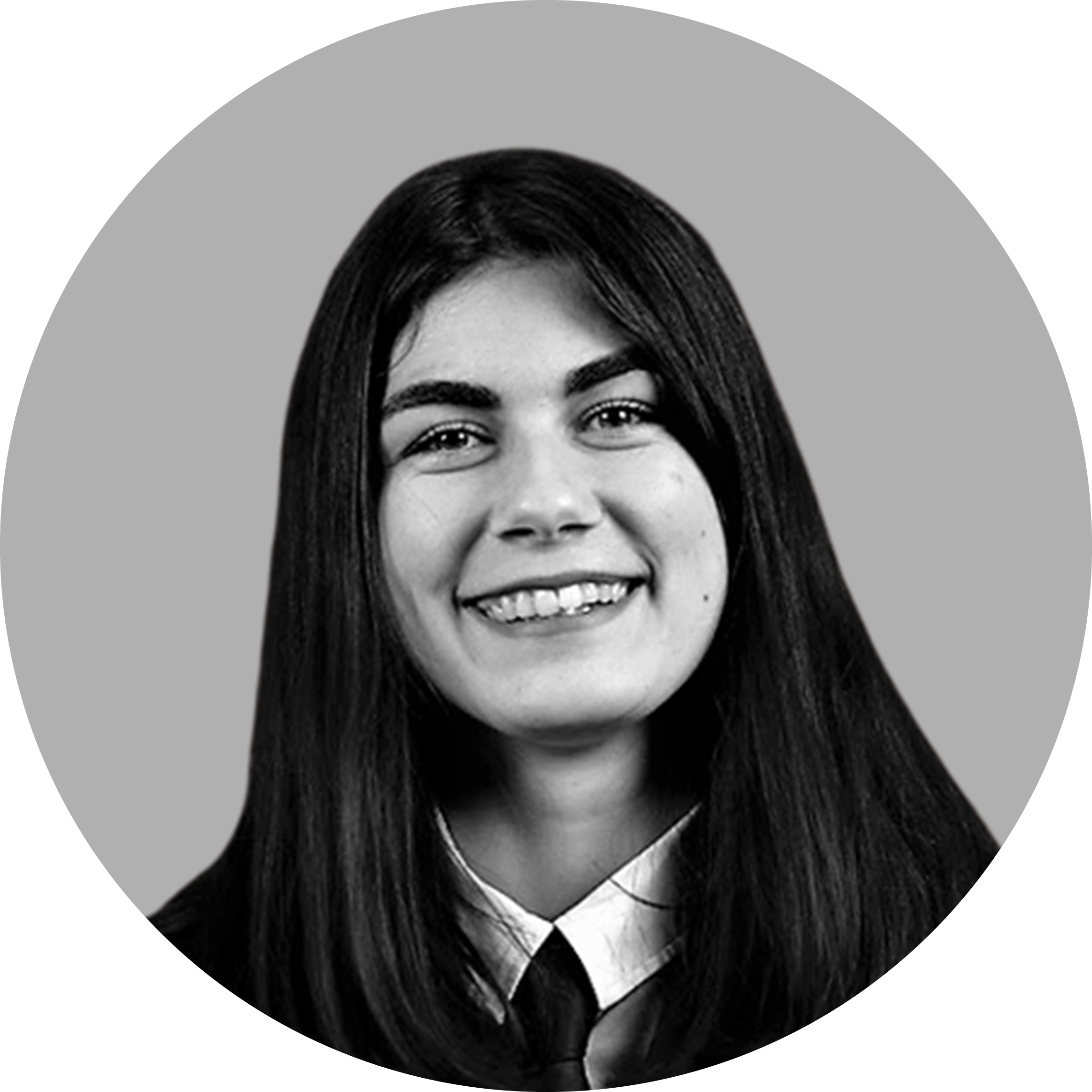
Aurore Semeux-Bernier | PhD Student
email: aurore.SEMEUX-BERNIER@univ-amu.fr
I have done an engineering school that has led me to a Master 2 in bio-engineering and innovation in neurosciences in Arts et Métiers Paris.
Then, I discovered the DynaMap research center by doing a 6 months internship. I worked on the evaluation of confidence interval methods for source localization based on MEG phantom device recordings.
Now, I am a PhD student under the supervision of Christian Bénar from DynaMap and Frédéric Richard from I2M.
I am working on the non-invasive estimation of the epileptogenic zone by MEG with the help of machine learning.
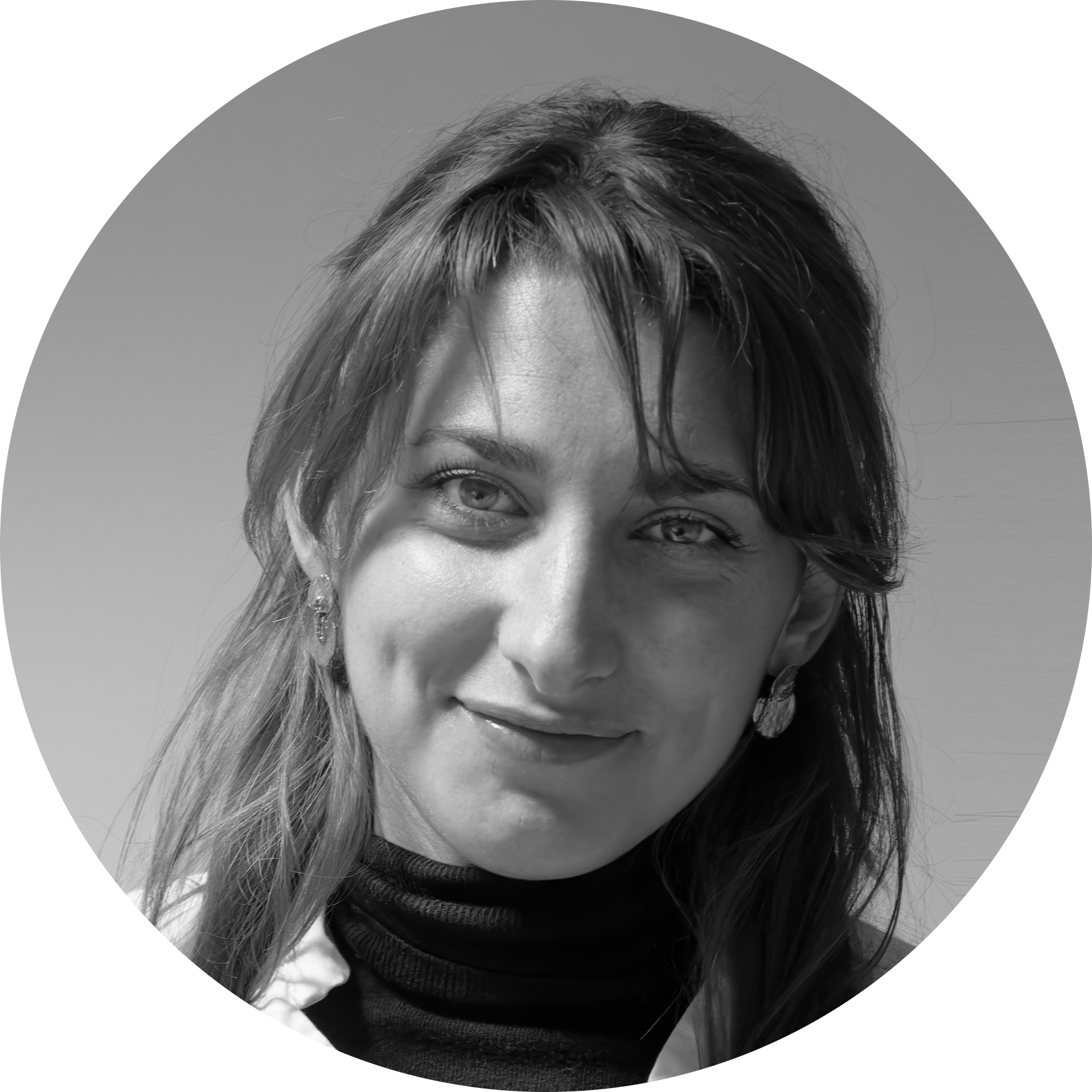
Lisa SONCIN | PhD Student

Sara SIMULA | Postdoc
Doctor in neuroscience with experience on intracranial human recordings and transcranial electrical stimulation. Currently working as a post-doc in PhysioNet, with a project on circadian and multidien rhythms in epileptic activity of rats (single units and lfp). Open science advocate and part-time photographer.

Pierpaolo SORRENTINO | Postdoc
Email: ppsorrentino@gmail.com
A medical doctor and neurologist by training, I hold a Ph. D. in Engineering. My main area of expertise is the study of novel methods to describe the global changes that neurodegenerative diseases induce in the brain. To tackle this issue, I base my analyses mainly on magnetoencephalography. I have contributed to applying frameworks such as the study of synchronization, dynamical systems and network topology to brain-derived data. I am a co-founder of the MEG facility in Naples, where I curated the setting up of the laboratory as well as the acquisitions of various cohorts of patients. I am currently involved in the attempt to adjust models in order to improve predictions of the large-scale behavior of the brain. All in all, I am still moved by the desire to contribute to unraveling and measuring the properties that make the human brain what it is.

Huifang WANG | IR2 Inserm
Email: huyfang.wang@univ-amu.fr
Phone: +33 4 91 32 42 31
I am an Inserm research engineer who works in INS with Dr. Viktor Jirsa. My current research is interested in personalized whole brain modelling (digital twins) in neurology. Led by Viktor, we have built a virtual epileptic patient pipeline for the diagnosis and treatment of epilepsy. Now we are on the journal to digital twins for the dignosis, treatement and prognosis for epilepsy and other brain disorders. I obtained a PhD in Robotics in 2008 and did my first postdoc in the university of Pisa with Pr. Antonio Bicchi. Then I started my journey in neuroscience to study the functional connectivity of brain networks as a postdoc at INS with Dr. Christophe Bernard in Marseille since 2012 and worked 1 year postdoc in ICM Paris with Pr. Vincent Navarro for single neuron studies.

Jean-Didier Lemarechal | Postdoc
Email: jean-didier.lemarechal@univ-amu.fr
Phone: +33 4 91 32 42 31

Jan Paul Triebkorn | Doctorant
Email: jan-paul.triebkorn@univ-amu.fr
Phone: +33 4 91 32 42 31

Francesca Bonini | MCU-PH
Email : francesca.bonini@univ-amu.fr

Myriam AZZARELLI | PhD Student
PhysioNet
Email : myriam.azzarelli@etu.univ-amu.fr

Aurélie GRANDJEAN | Postdoc

Chiara MAZZOCCONI | Postdoc
I am a Speech and Language Therapist by training (Università La Sapienza, Roma) and clinical experience, passionate about everything that concerns the semantics and pragmatics of dialogue, its development and impairments or differences in clinical populations. This passion has led me first to pursue a master's in Neuroscience, Language and Communication (UCL, London), and then to dive into research with a PhD (Université de Paris) and a postdoc within the Institute of Language, Communication and Brain (Laboratoire Parole et Langage, Aix-en-Provence).My research projects focussed on the semantics and pragmatics of non-speech vocalisations in interaction, taking an interdisciplinary and multimodal approach to the study of language. Especially, my work has aimed to investigate how the use of non-speech vocalisations in interaction can be informative about infants' and children's pragmatic development, and contribute to the early identification of delays or differences in the socio-cognitive sphere.
I am now working with Daniele Schön (INS), in collaboration with Roxane Bertrand and Leonardo Lancia (Laboratoire Parole et Langage, Aix-en-Provence) on studying pragmatics and conversational dynamics in children with cochlear implants and adults within the autistic spectrum. Especially, we aim to investigate similarities and differences between conversational and music interaction, exploring bidirectional parallelisms, influences, and whether practice on the latter might have transferable effects for individuals struggling with the socio-pragmatic aspects of communication at different levels.
https://scholar.google.com/citations?user=ASyZ81EAAAAJ&hl=en&oi=ao

Jacques PESNOT LEROUSSEAU | Postdoc
Email: jacques.pesnot@univ-amu.fr
Jacques Pesnot Lerousseau received a 2023 ILCB post-doc fellowship to work with Benjamin Morillon (INS), in collaboration with Valentin Wyart (ENS) and Jean-Rémi King (ENS). His project will address the question of “in-context learning” in human brains and artificial neural networks, aiming to uncover the mechanisms behind rule generalization in the brain and algorithms.
As a PhD student at INS, Jacques focused on temporal predictions in children with cochlear implants, under the supervision of Daniele Schön (INS). Later, as a post-doc at the University of Oxford with Christopher Summerfield (Universtity of Oxford, DeepMind), he developed artificial neural network models to understand how the brain structures auditory and visual information to promote generalization. Jacques’ work bridges auditory perception, computational modelling, and the intersection of neuroscience and artificial intelligence.

Julie DREVET | Postdoc

Pierre Hieu GUILLEMINOT | Postdoc

Paul LALANDE-ROBERT | PhD Student

Anne MATHIEU | PhD Student
My research work focuses on attentional processing and its development throughout childhood. During my PhD, I will investigate the link between the arousal level, which is under the control of the LC-NE system, and the attentional balance, using behavioural measurements, electroencephalography and physiological recordings such as pupil dilation and skin conductance measures.
DCP

Emma BERTHAULT | PhD Student
Conversation can be described as a coordinative verbal behaviour. Importantly, during conversation multi-level linguistic alignments have been observed, implying a convergence toward a common space between interlocutors. These phenomena seem to facilitate and improve communication. Promoting multi-level alignment could thus lead to improved comprehension between interlocutors. The aim of this thesis project will be to study in children, in a conversational context, the effect of rhythmic activity on interactive alignments, focussing on the linguistic levels that are more sensitive to temporal structure (e.g prosodic and phonetic levels). We will also explore, using EEG recordings, the neural dynamics that subtend these alignment phenomena.

Clément SAUVAGE | PhD Student

Marco POMPILI | Junior Research Fellow
PhysioNet
Born and bred in Rome, I studied Neuroscience in London and Paris where I pursued with a PhD supervised by Thérèse Jay and Sidney Wiener and then with a postdoc with Michaël Zugaro.
I am ultimately interested in the dynamics allowing the exchange of information between brain areas, namely how the information encoded in one neural structure is able to modulate the encoding in another area (and the other way around), and how these interactions orchestrate perception, learning, and behavior. To do so, my primary experimental approach is to perform high-density recordings of individual neurons simultaneously in multiple brain sites of freely behaving rats and then use data mining and analysis to study neural population dynamics.

Bissera IVANOVA | PhD Student
In my PhD project i'm interested to look at the neural dynamics that support the processing of language structure - syntax. Specifically we're using a minimalistic paradigm, making use of small syntactic differences in very basic syntactic relations (between a head and its complement) and we're contrasting the dynamics of the effect between the modalities of perception and production. For this project i'm happy to be supervised by Kristof Strijkers (LPL), Benjamin Morillon (INS) and Liina Pylkkänen (NYU).

José BOUCRAUT | MCU CE-PH
PhysioNet
Email: jose.boucraut@univ-amu.fr
Principales étapes de carrière
1978-1983 : Etudes de Médecine, Marseille
Interne en Médecine : 1983-1989 : Médecine Interne, Rhumatologie, Neurologie
Thèse de Médecine : 1989
Assistant Hospitalo-universitaire 1992 : Laboratoire d’Immunologie – Consultation Clinique / Service des maladies Neuromusculaires Pr G Serratrice.
Thèse de Sciences en Immunologie : 1992 : Centre d’Immunologie de Marseille-Luminy -supervision : Dr Ph Le Bouteiller.
Stage Post-doctoral (1992-1993) Max Plank Institute, Munich, Allemagne : Laboratoire de NeuroImmunologie du Pr H. Wekerle.
Habilitation à diriger des Recherches en Immunologie : Septembre 2007
Chef d’équipe CNRS : “Interactions Neuroimmunes et pathologies du système nerveux”. NICN, puis CNR2M, UMR 7286. 2002-2017.
2018 – 2021 : Institut de Neuroscience de la Timone (INT), UMR CNRS 7289 Equipe MirCOs, puis Canop depuis Janvier 2021.
2021 – Institut des Neurosciences des Système, INS UMR 1106, Equipe C Bernard, Physionet
Activités d’encadrement
Encadrement de thèse de sciences (10 dont 2 en cours)
Encadrement de Master 2 recherche : (38)
Membre rapporteur de jury de thèse de Sciences (15) et d’HDR (6)
Charges pédagogiques
Charges pédagogiques : 250 h Faculté de Médecine, de Pharmacie, d’odontologie, de Sciences. Responsable de module d’enseignement :
• DFGSM2 : tissus sanguins et système immunitaire
• Module de Master 1 Immunologie Secteur Santé
• Module de Master 1 Neurosciences (Co-habilité Sciences – Santé).
• Module de Neuroimmunologie du diplôme inter-universitaire : Immunologie et Immunopathologie
Principales responsabilités Universitaires
Membre élu du CNU, section 47.03 : 2102-2017 – ré-élu en 2018
Membre élu de la commission recherche AMU depuis 2017 – Membre du conseil Académique AMU.
Principales activités hospitalières
Responsable de 2 secteurs du laboratoire d’Immunologie AP-HM
• Analyses immunochimiques des protéines sanguines, urinaires et du LCR
• Biomarqueurs des pathologies auto-immunes, inflammatoires, neurodégénératives du système nerveux.

Ewa MILLET WALLISKY | PhD student
PhysioNet
- Bachelors of cell biology, Aix-Marseille universités, Luminy (2015-2019).
- Immunology Master, Aix-Marseille Université, Luminy (2019-2021).
Master internship at Immunotech Beckman Coulter (2021)
“Why is COVID-19 more aggressive toward adults than children? Differential activation of monocytes by SARS-CoV-2 spike protein may explain this bias”. Ait Belkacem et al. 2021 (submitted).
- PhD in neuro-immunologie at Immunotech Beckman Coulter (CIFRE, 2022)
“Flow cytometric characterization of extracellular vesicles in the context of acute neurological disorders for the development of rapid diagnostic tests”.

Nariman KIANI | PhD student
PhysioNet
Email: nariman.kiani@univ-amu.fr
I started my journey in neurosciences from the University of Calgary. My fascination with research started when I embarked on completing my honors thesis on the topic of Brain-Gut-Microbiota axis. After a year-long pause in Sweden as an exchange student, I began master’s degree in the University of Bonn, Germany. There, I developed a sense of curiosity regarding the pathologies of synaptic transmission, especially in the context of stroke.
Now, I work on electrophysiology and astrocyte neurobiology in the context of epilepsy. The topic of my PhD thesis concerns K+ clearance and metabolic processes in astrocytes before the onset of seizures.

Jiaxin LYU | PhD student
PhysioNet
Email: jiaxin.lyu@univ-amu.fr
I am a PhD student jointly supervised by Christophe Bernard and Viktor Jirsa. Always having a passion for understanding complex systems, I decided to major in computational neuroscience during my final year of Master's studies at Paris-Saclay University. Prior to this, I was trained in fundamental physics.
My PhD project centers around the study of low-dimensional structures, namely neural manifolds, that emerge from high-dimensional neural signals. It will be mostly based on sleep data in the first place, and I work towards a better understanding of the switch from one brain state to another.

Kabeer ABUBAKAR | PhD student
Physionet

Daria PONOMAREVA | PhD student
PhysioNet

Sylvie Thirion | MCU AMU
PhysioNet

Marie PLEGAT | PhD Student
Thesis title: Temporal dynamics of natural sounds representations in human brain: acoustic, semantic and intermediate representations
My thesis project is part of a heavily collaborative project involving Giordano and Schön (Aix-Marseille University) and Formisano (Maastricht University). The aim of this collaborative project is to gain a better understanding of the neural dynamics of the process of transforming the acoustic representation of a sound (the representation of the sound's physical characteristics) into its semantic representation (e.g. the representation of the source of the sound: what/who, how and where; Giordano et al., (2022)). We know that auditory processing consists firstly of acoustic analyses of the sound, in particular frequency analyses at the level of the cochlea followed by spectro-temporal modulations analysis at the level of the primary auditory cortex (A1). However, the emergence of semantic representations of sound is still under debate. They appear to be already present in the superior temporal gyrus (STG) and ventrolateral prefrontal cortex (VLPFC). They then integrate a widespread neural network associated with an amodal semantic representation of sound (Binder, 2011). In order to clarify the spatiotemporal dynamics of these acoustic and semantic representations of sound, several neuroimaging techniques are being used in this collaborative project: magnetoencephalography (MEG) for its good temporal resolution (as part of my thesis project), functional magnetic resonance imaging (fMRI) for its good spatial resolution and intracranial electroencephalography (iEEG) for its good spatio-temporal resolution and the quality of the signal obtained (much higher than that obtained by indirect measurement). My thesis project therefore focuses on the temporal dynamics of acoustic and semantic representations of sounds. The general objective is to establish spatiotemporal maps of the acoustic and semantic representations of sounds in the brain in order to identify the temporal dynamics of the transformation of the acoustic representation of the sound into a semantic representation, the brain regions involved and to study the general process of object discrimination (which semantic representations are used). To this end, we are comparing acoustic and semantic representations derived from computational models with MEG brain data, over time. A representational similarity analysis (RSA) between the sounds is first performed for each type of representation (acoustic, semantic or cerebral), then different linear regressions of the cerebral response distances are performed based on the acoustic or semantic distances from the models.

Laure DEYNA | PhD Student
After studying literature and completing a master's degree in cognitive sciences at the University of Côte d'Azur, I am now pursuing a doctoral thesis under the supervision of Benjamin Morillon. My PhD project aims to understand the involvement of the motor system in speech perception, particularly in the processing of the temporal dynamics of the speech signal.

Hiroyoshi YAMASAKI | PhD Student
Aim of my PhD project is to better understand the process of convergence between two interlocutors during a naturalistic conversation. To this end we will look at how various behavioural parameters at different levels (phonemic, morphemic, syntactic, discourse level) as well as other physiological parameters (e.g. electrodermal) correlate with neural signal (EEG).

Maude DENIS | PhD Student
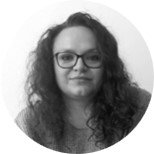
Sabrina RODRIGUES | PhD Student
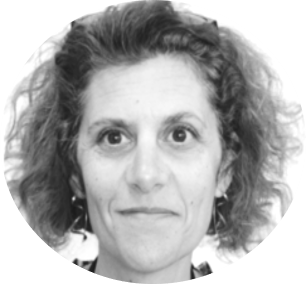
Audrey Moreau IE Inserm
secrétaire générale INS

Maria Benkasmi AI Inserm
gestionnaire administrative équipe D-CAP /
NeuroStim
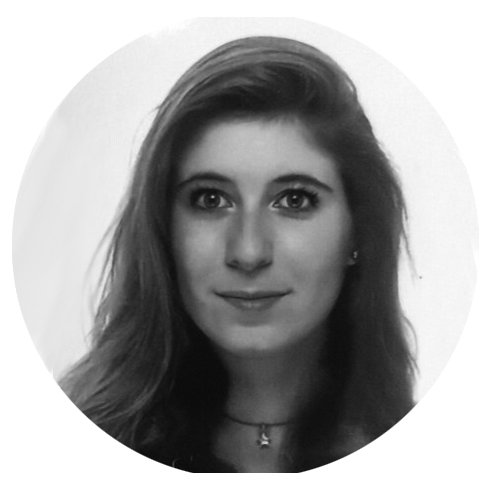
Mathilde NORDLUND | IR AMU
PhysioNet

Anthony BOYER | Postdoc

Sofia AVALOS-ALAIS | PhD student
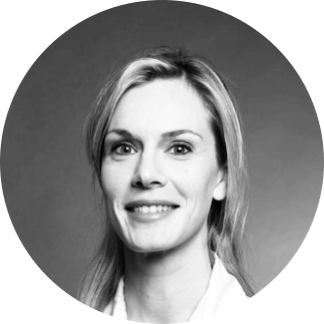
Pia VAYSSIERE | PhD student

Shunzuke KAJIWARA | Postdoc
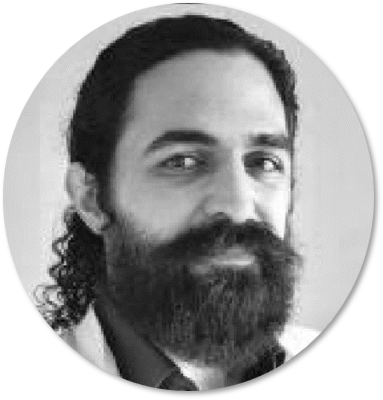
Gabriel MAKDAH | PhD student
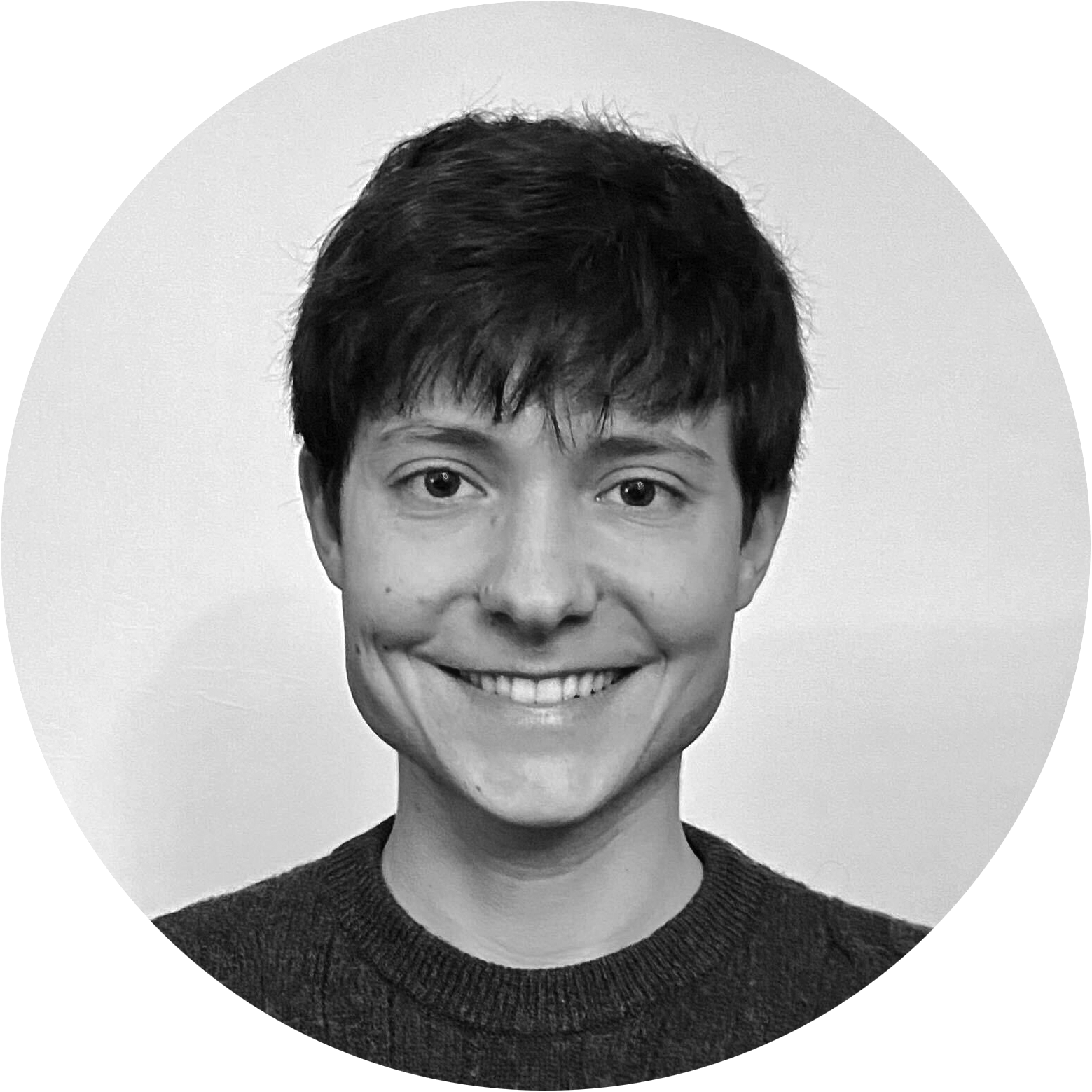
Pietro BOZZO | PhD student

Cristiana PINHEIRO | Postdoc

Francesco BORRA | Postdoc

Corentin LASNE | Intern

Richard BOYCE | Postdoc







